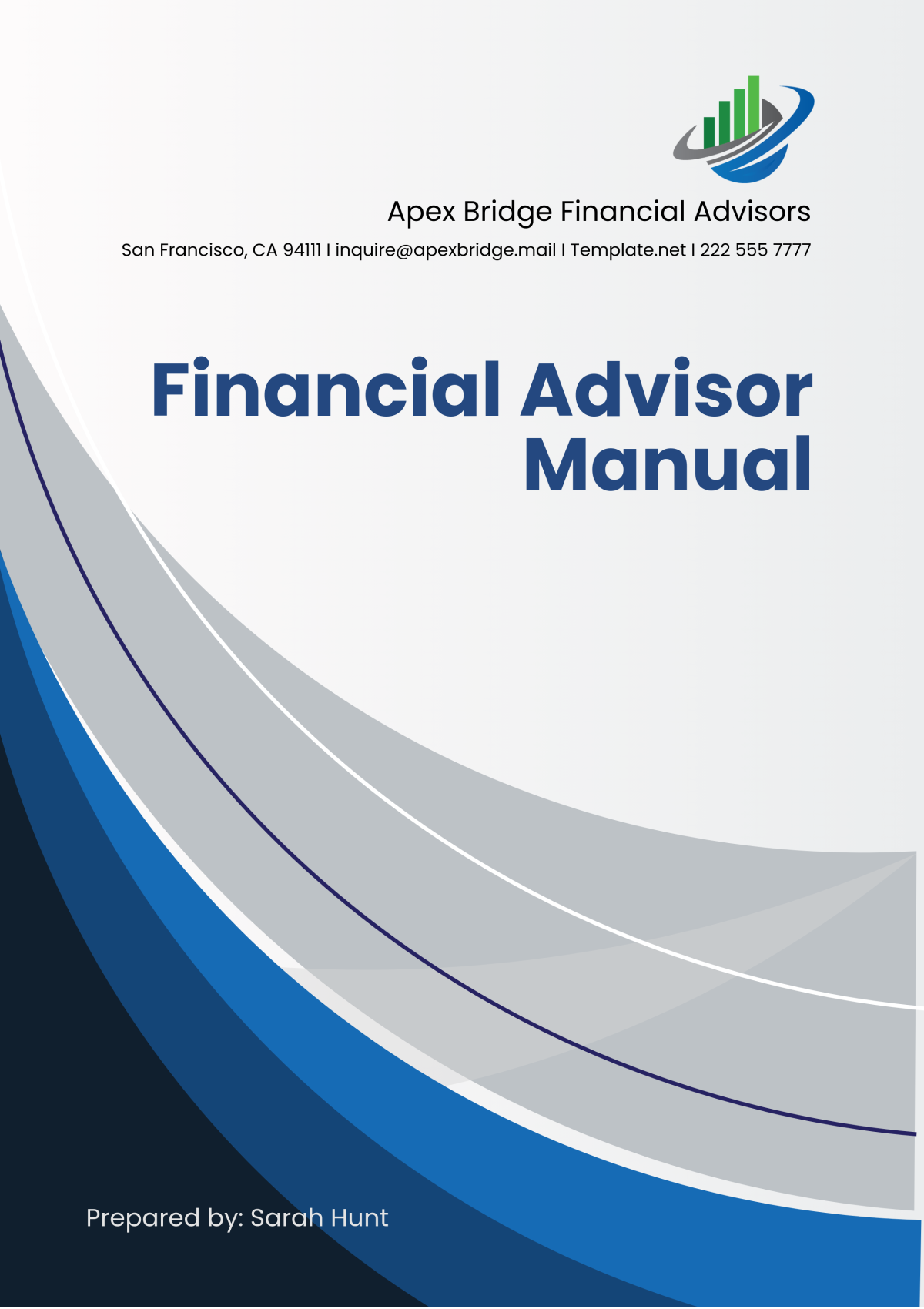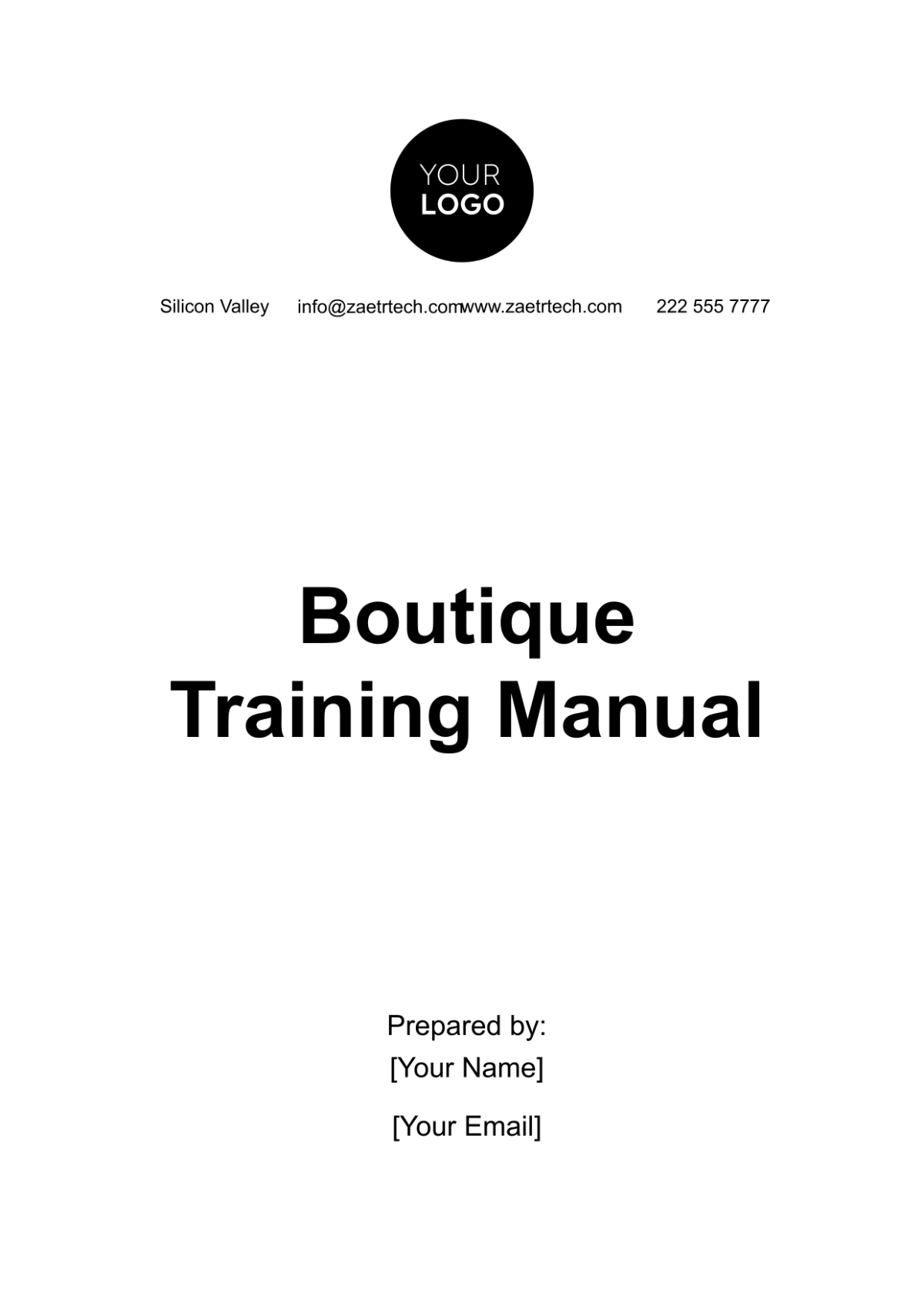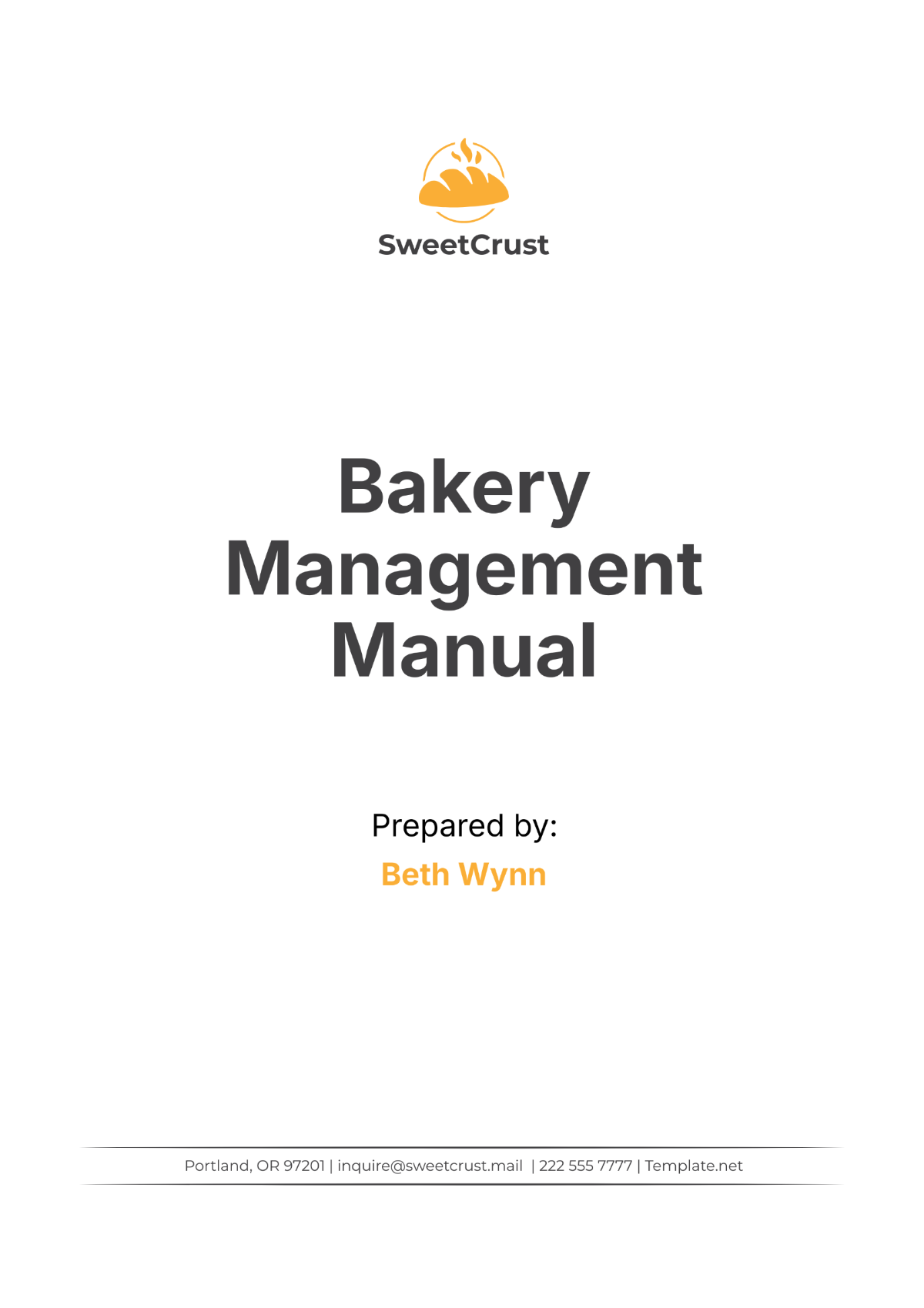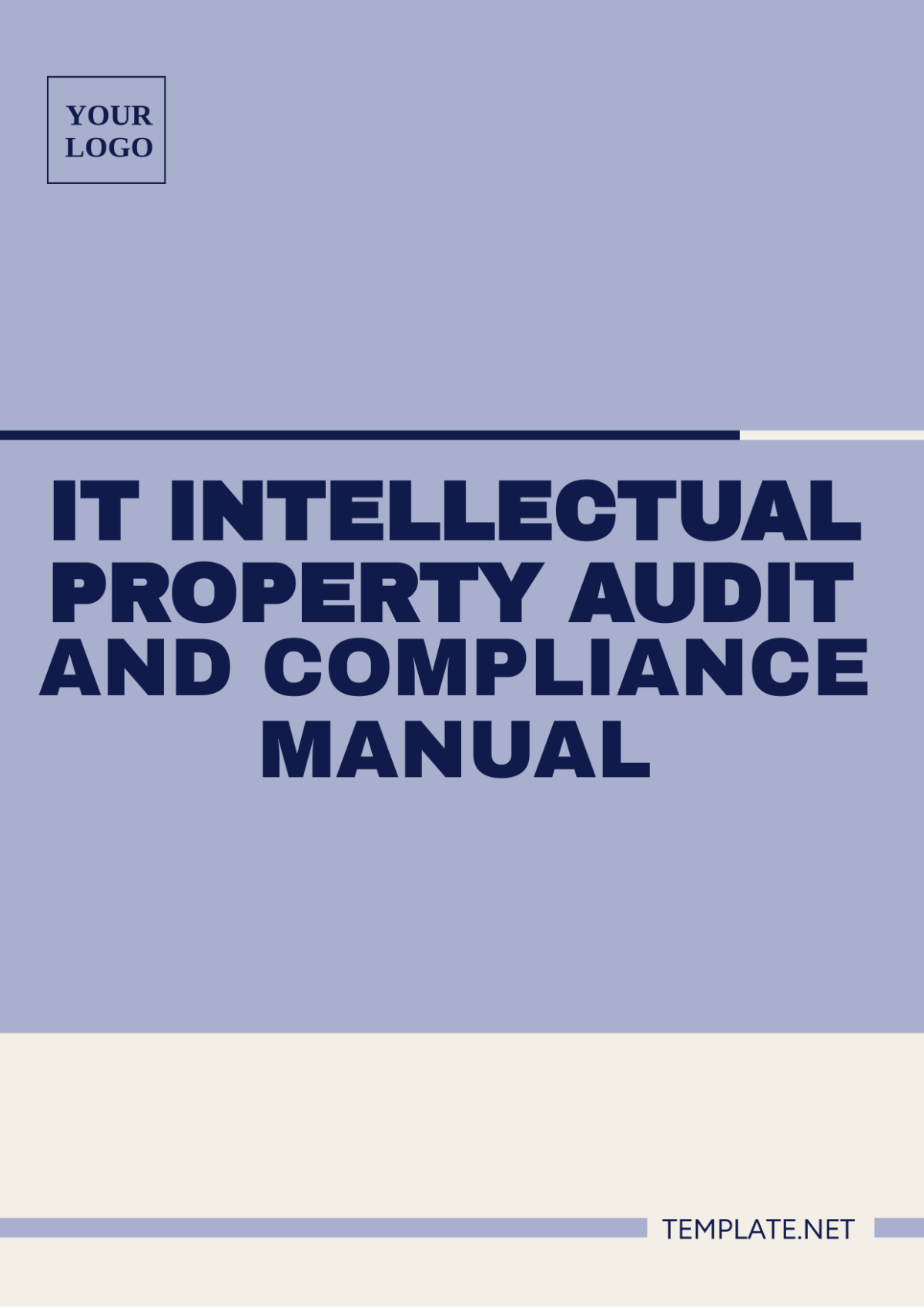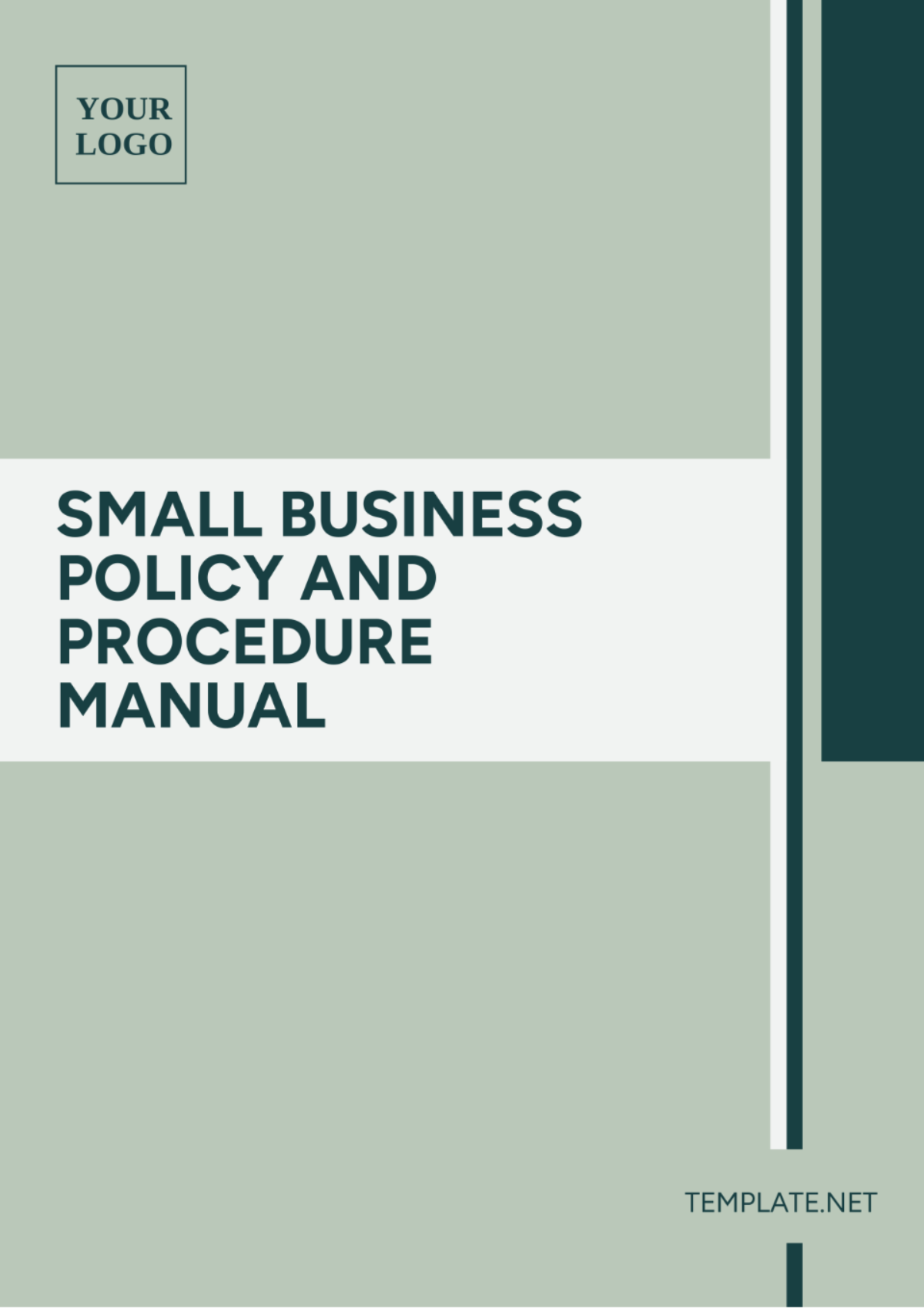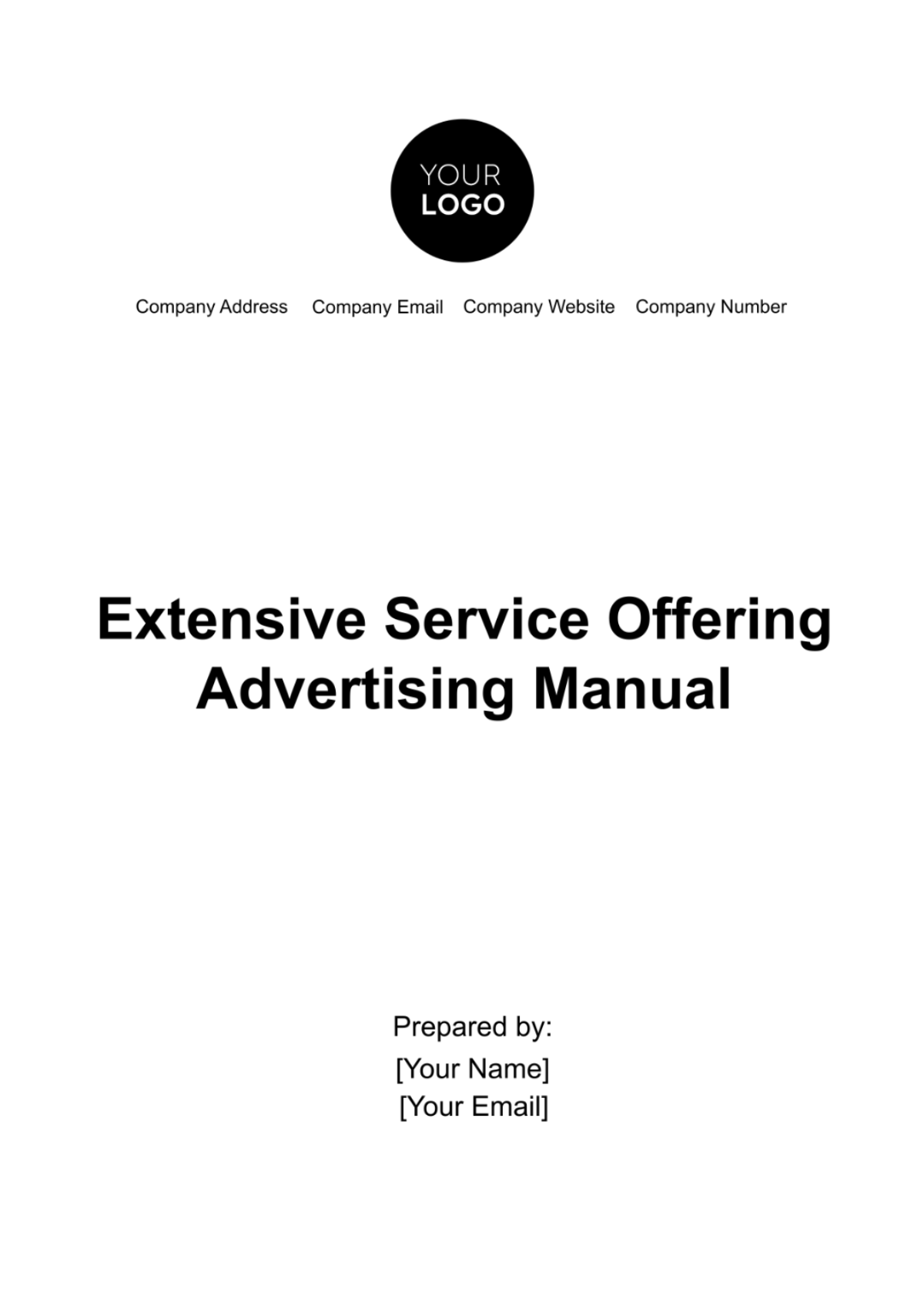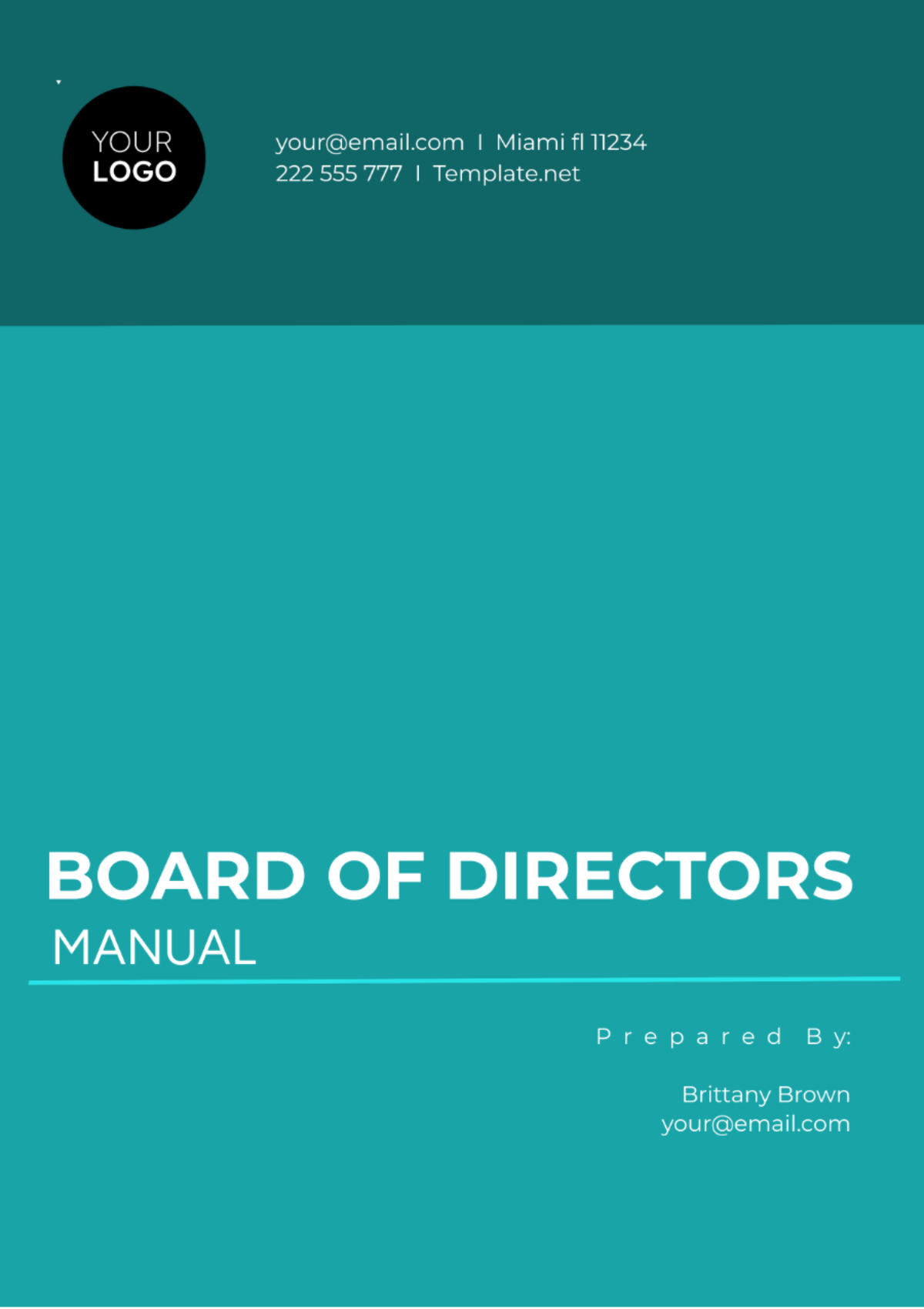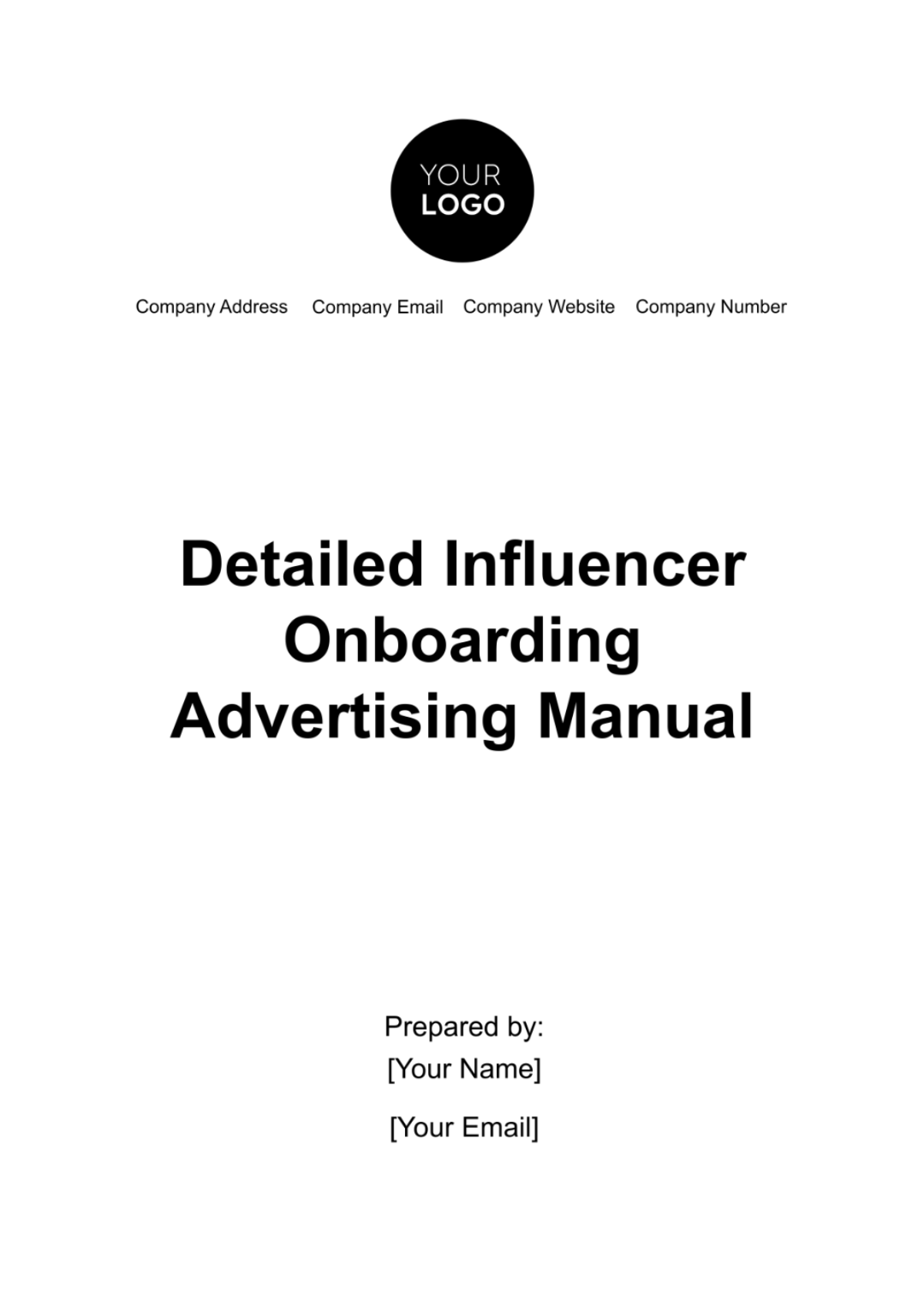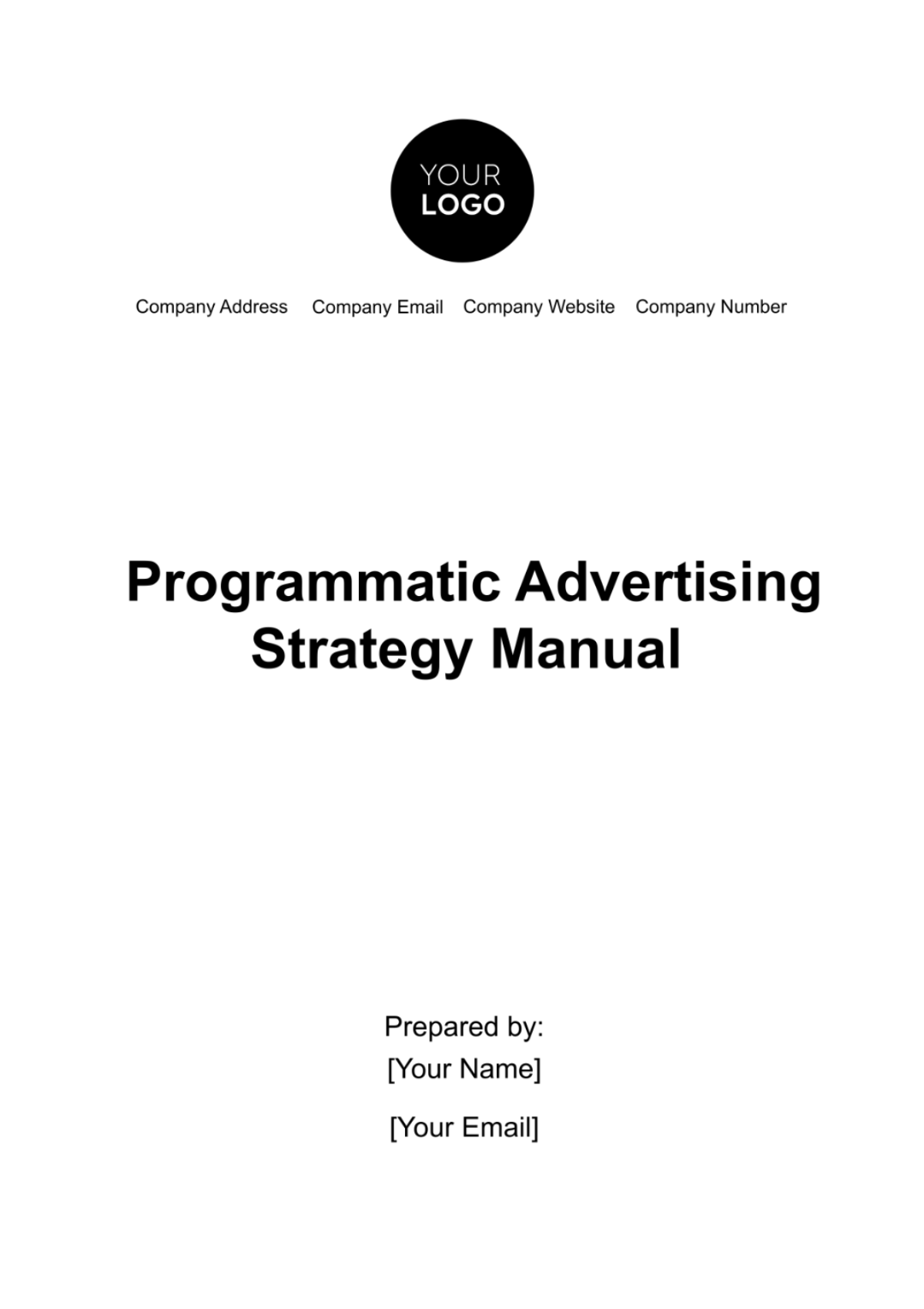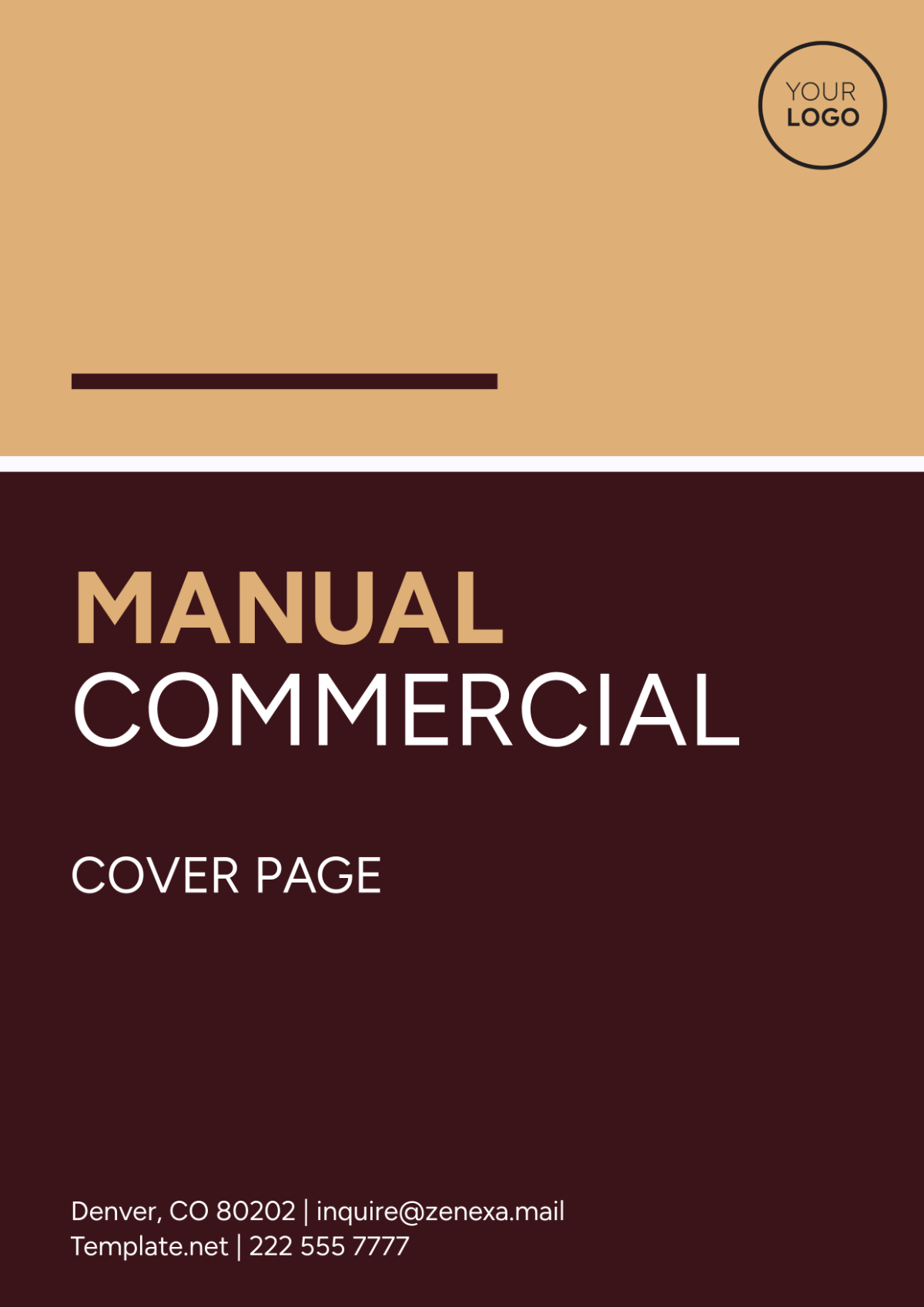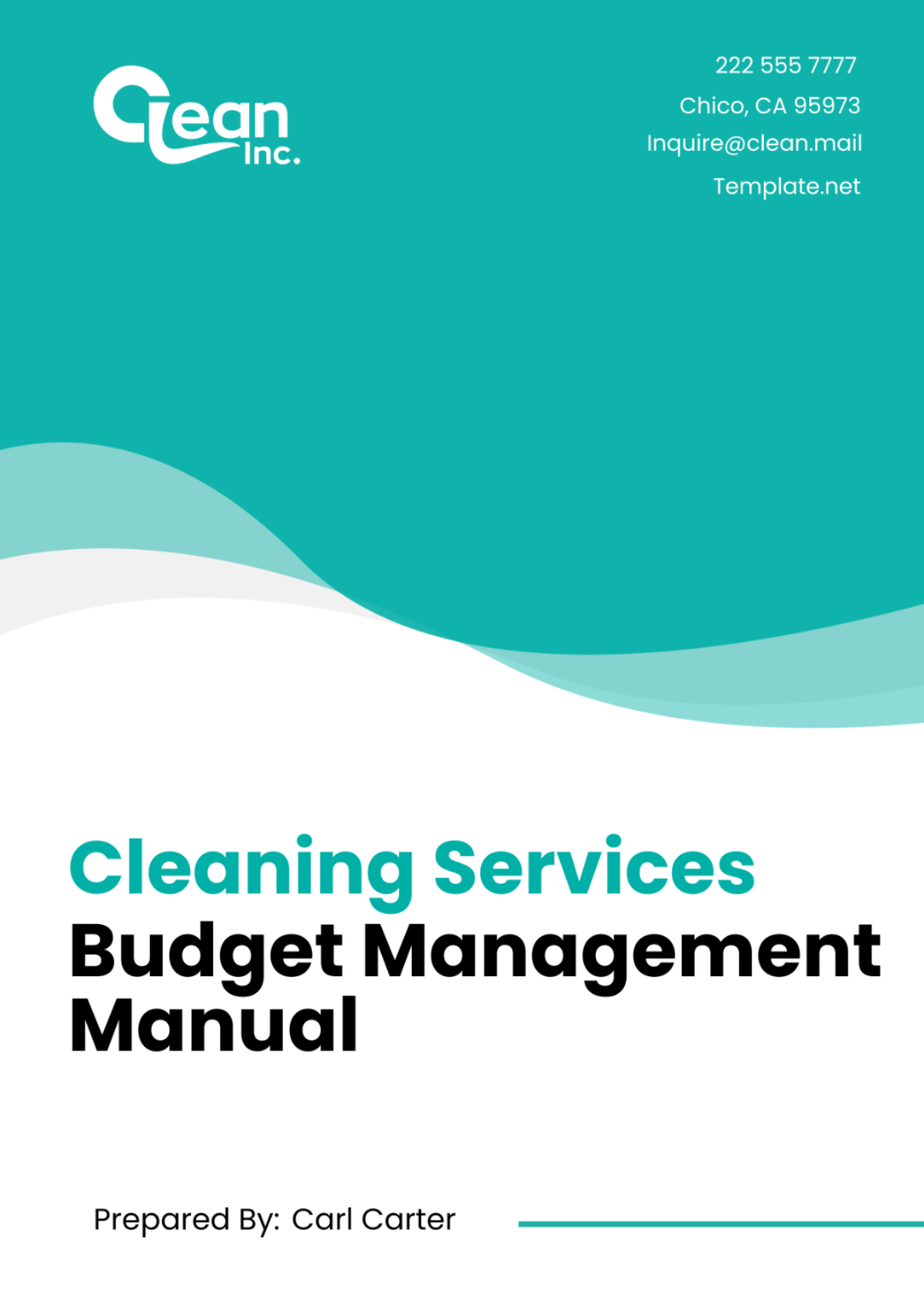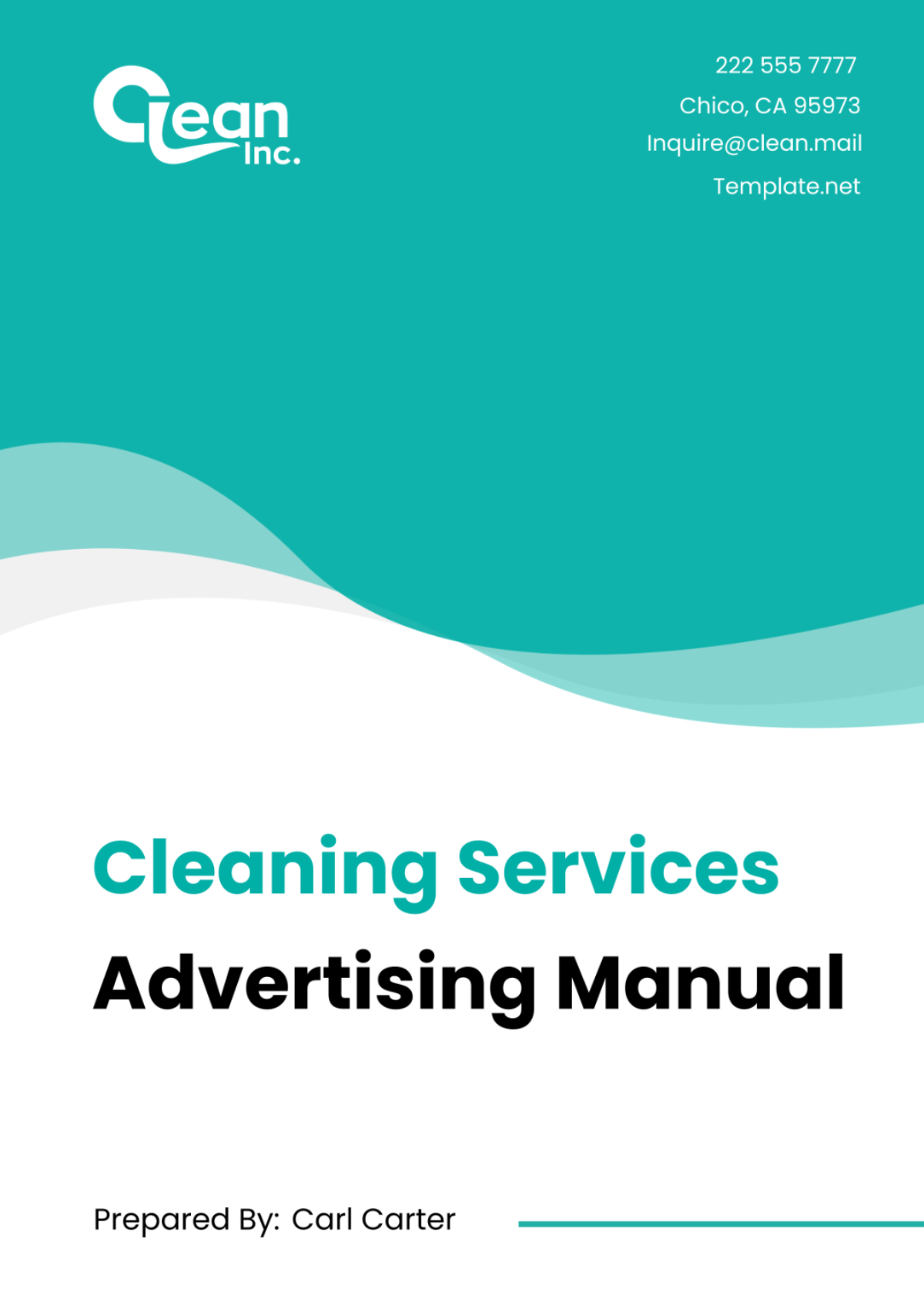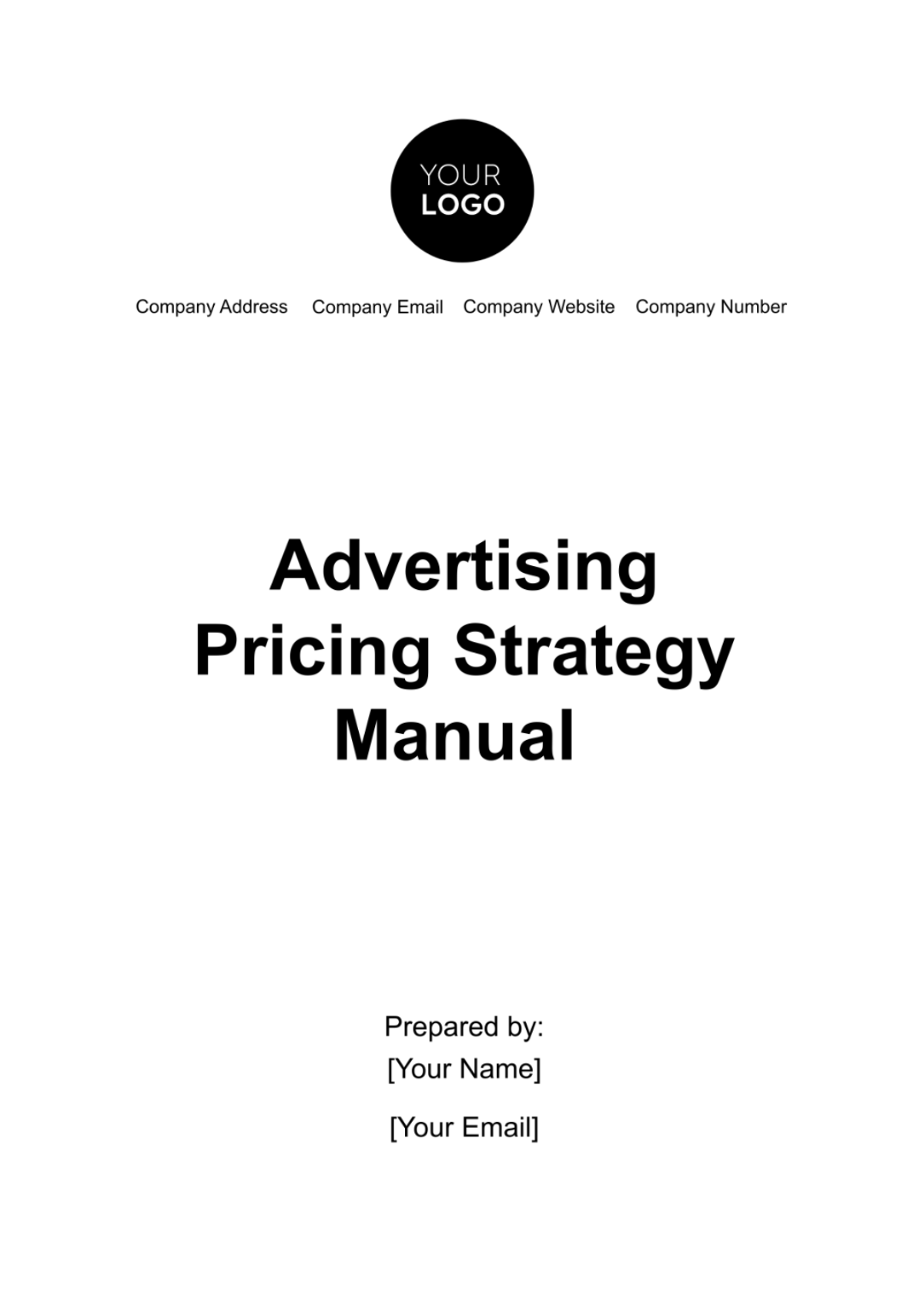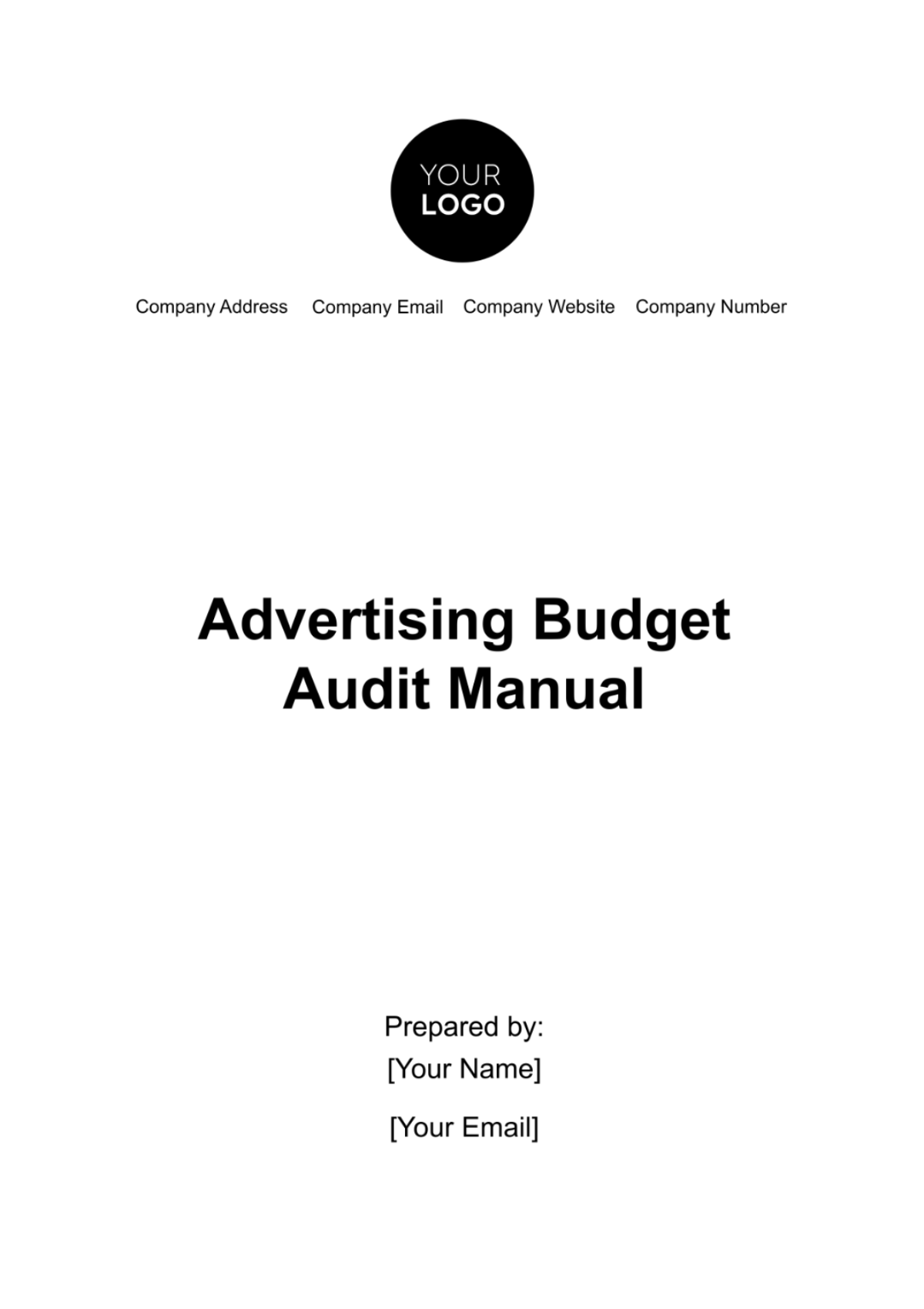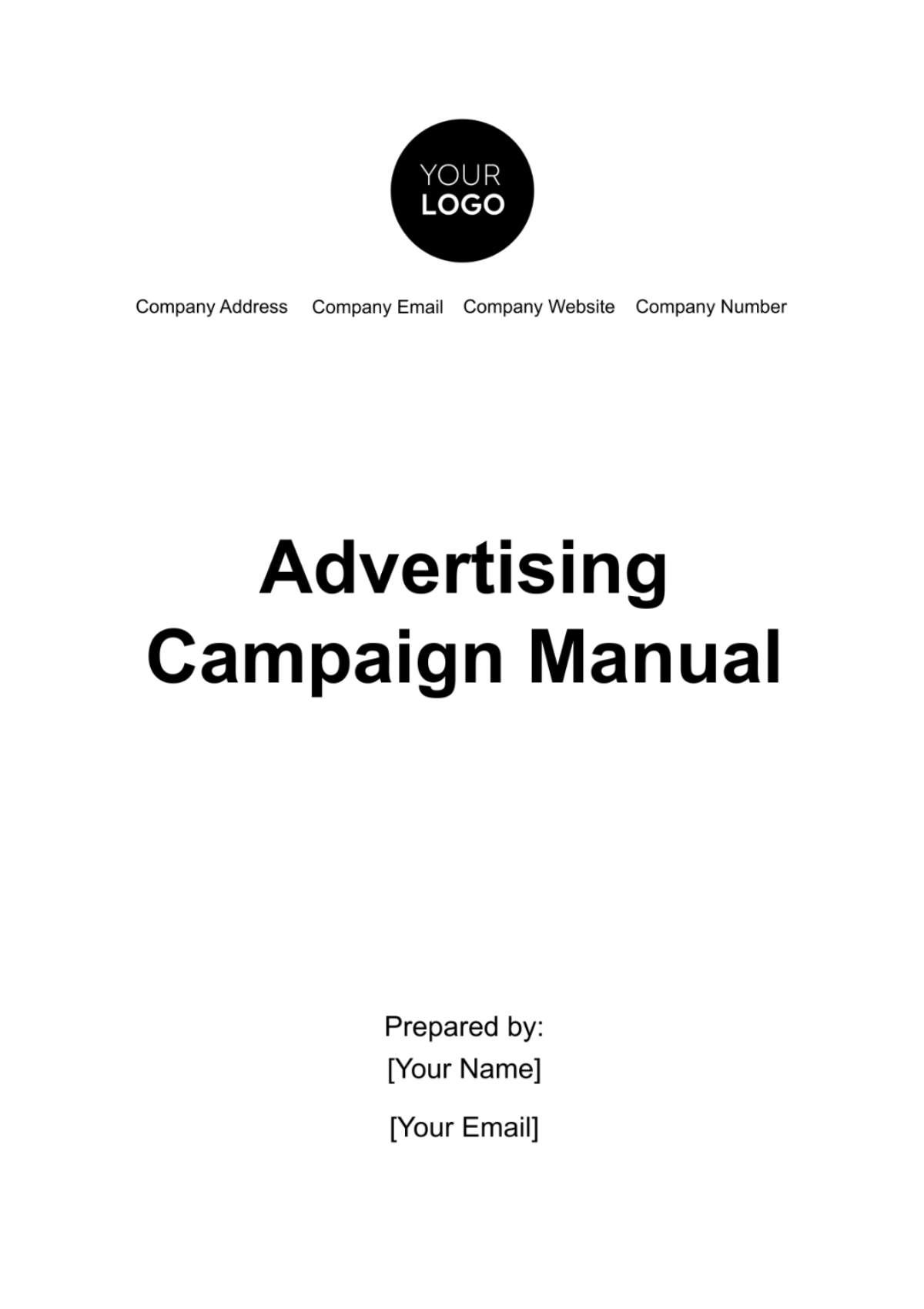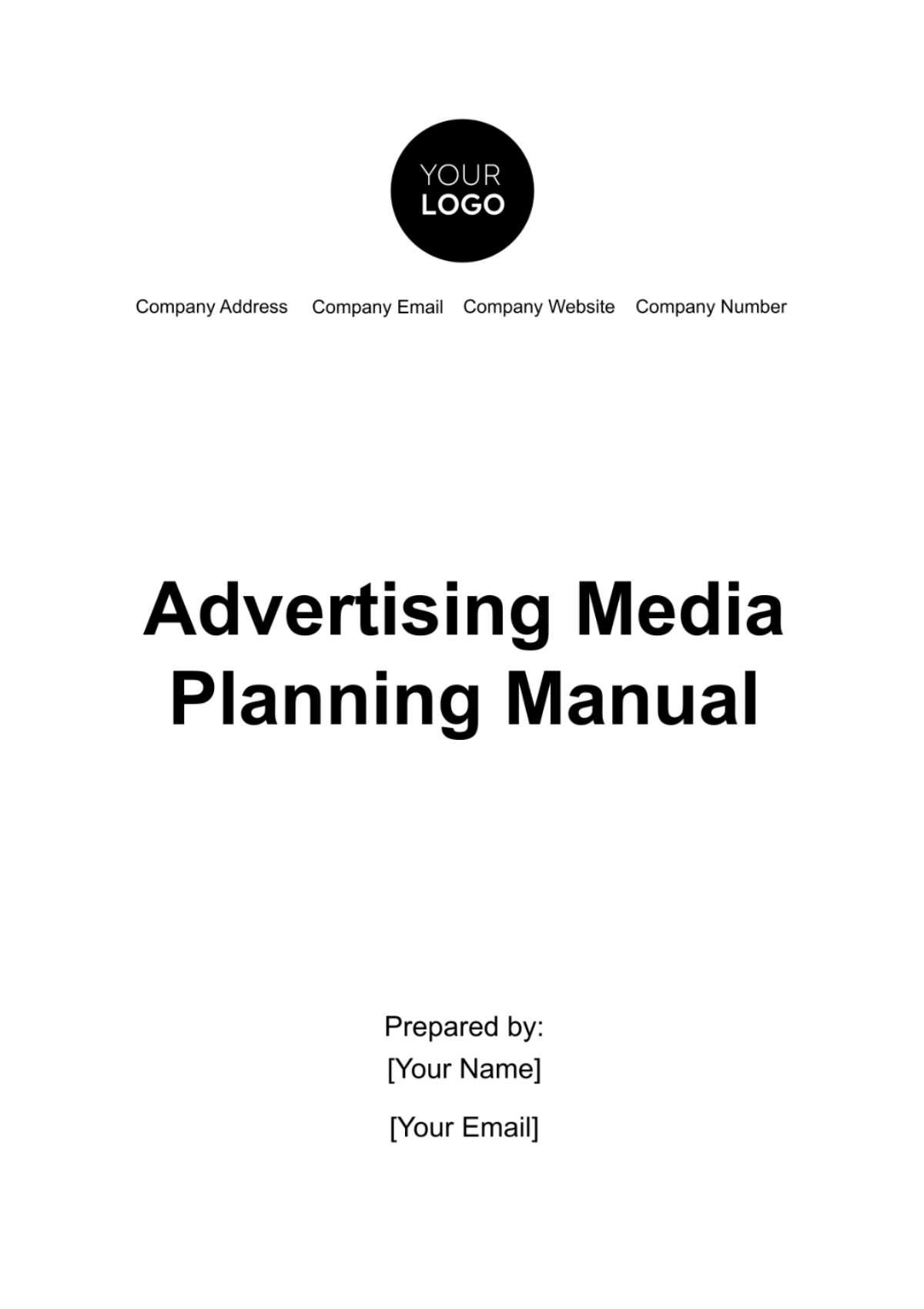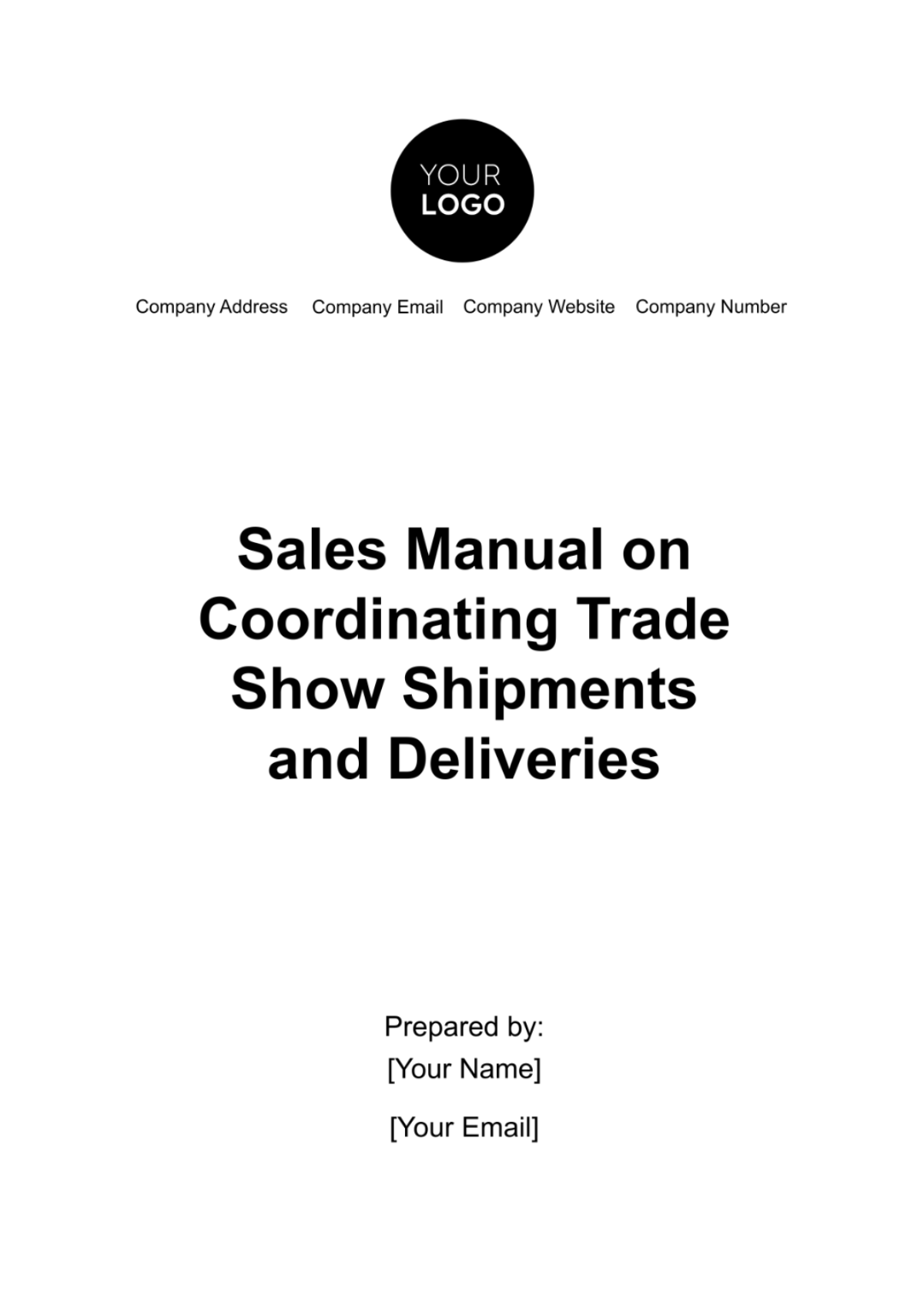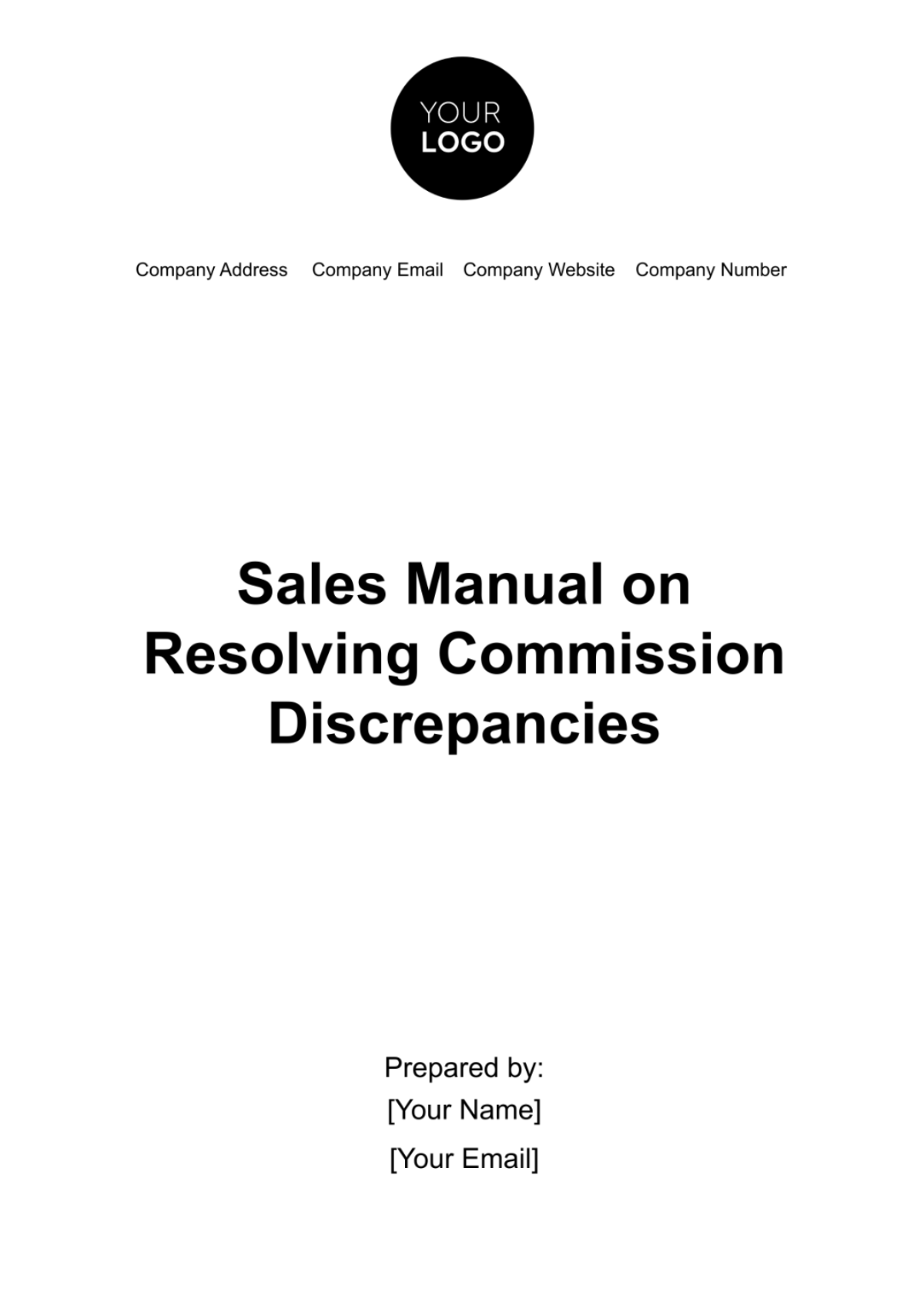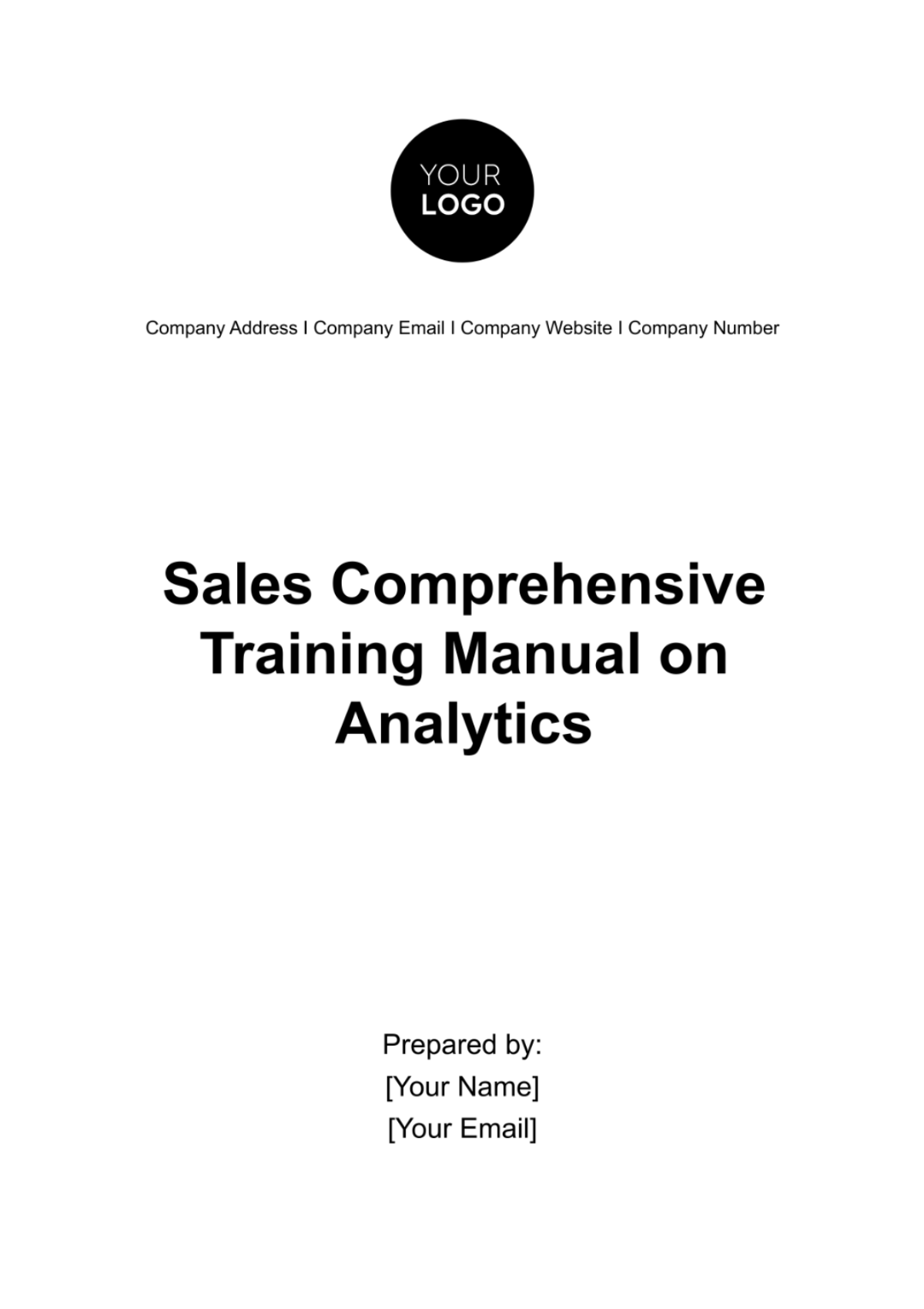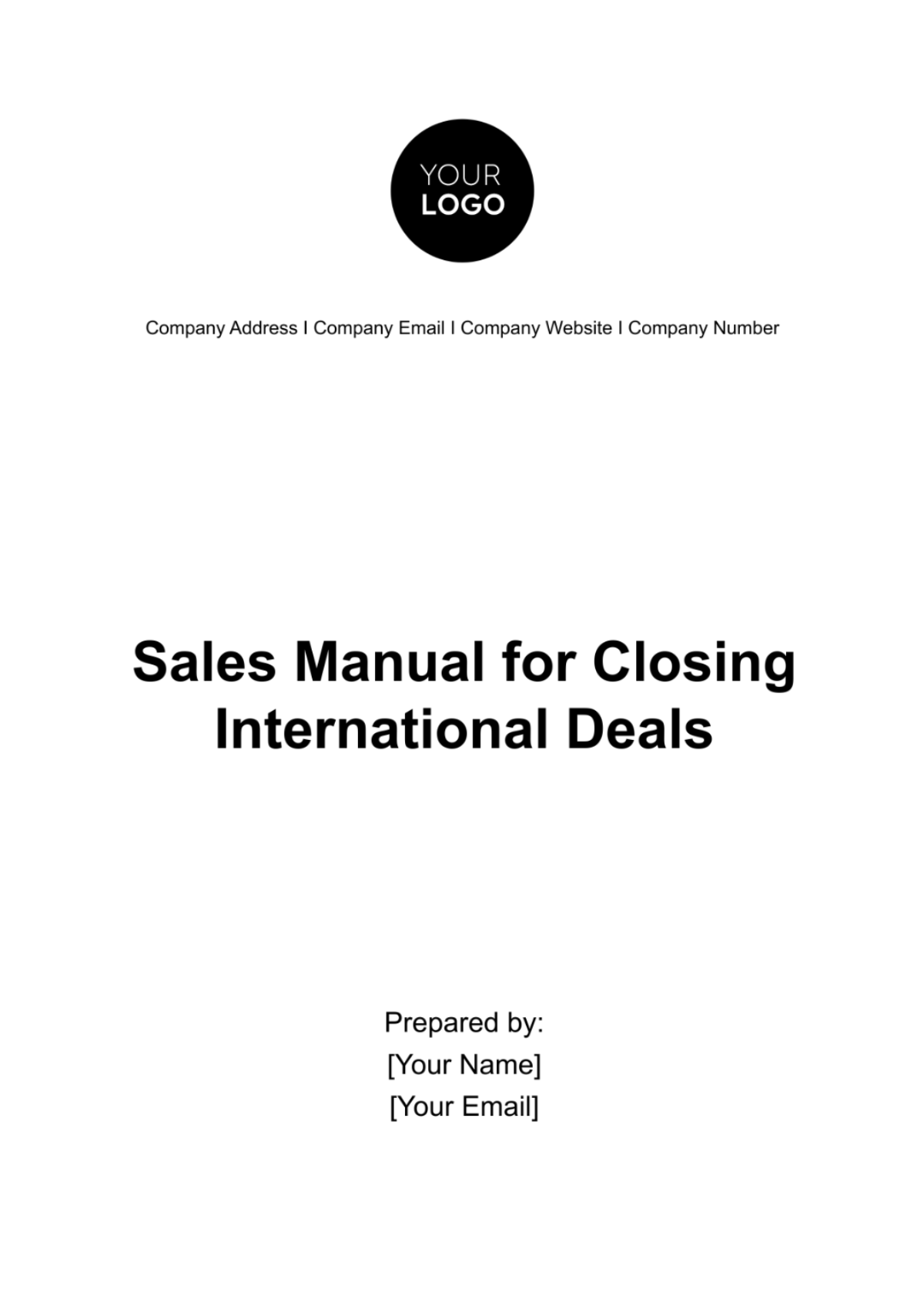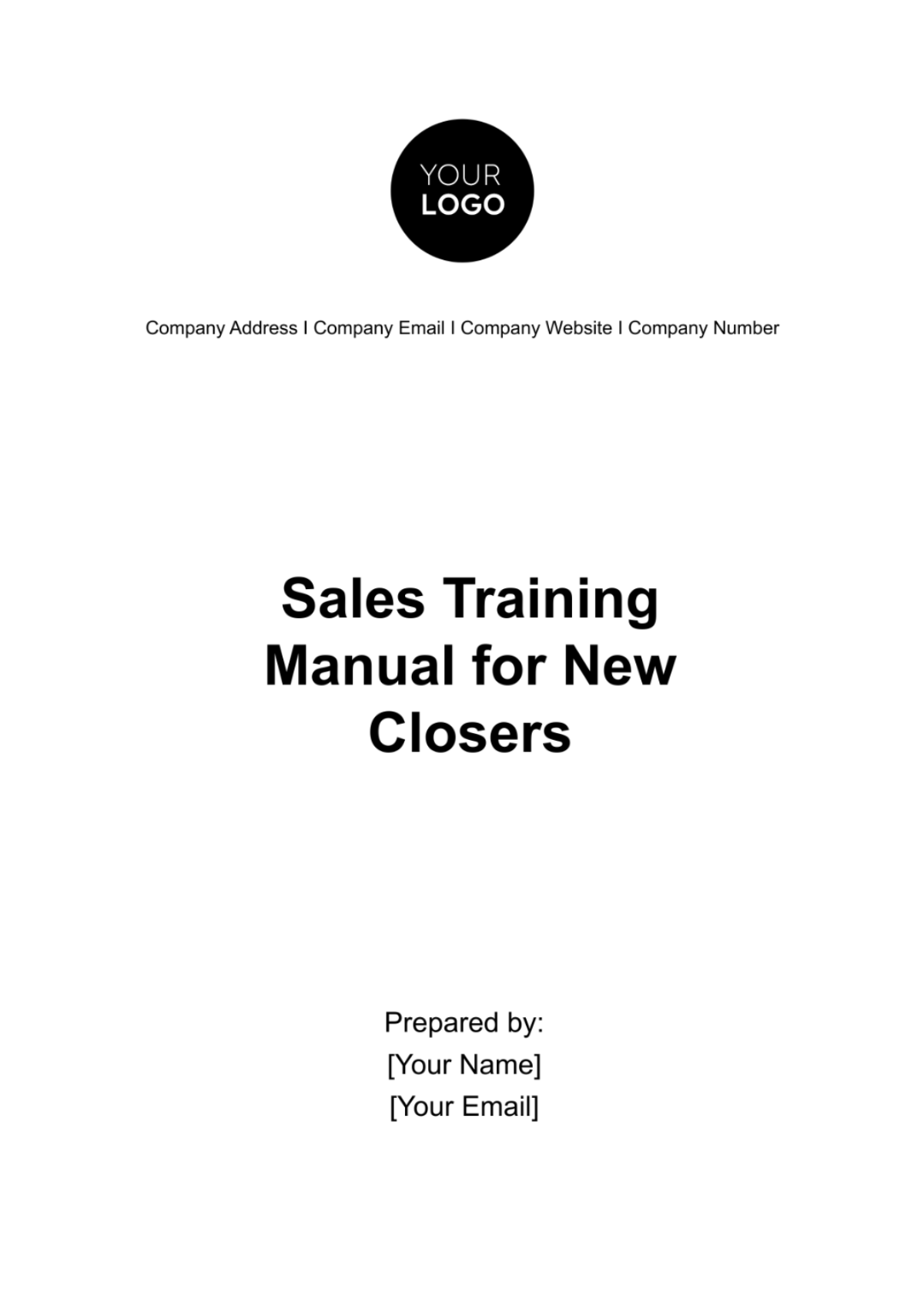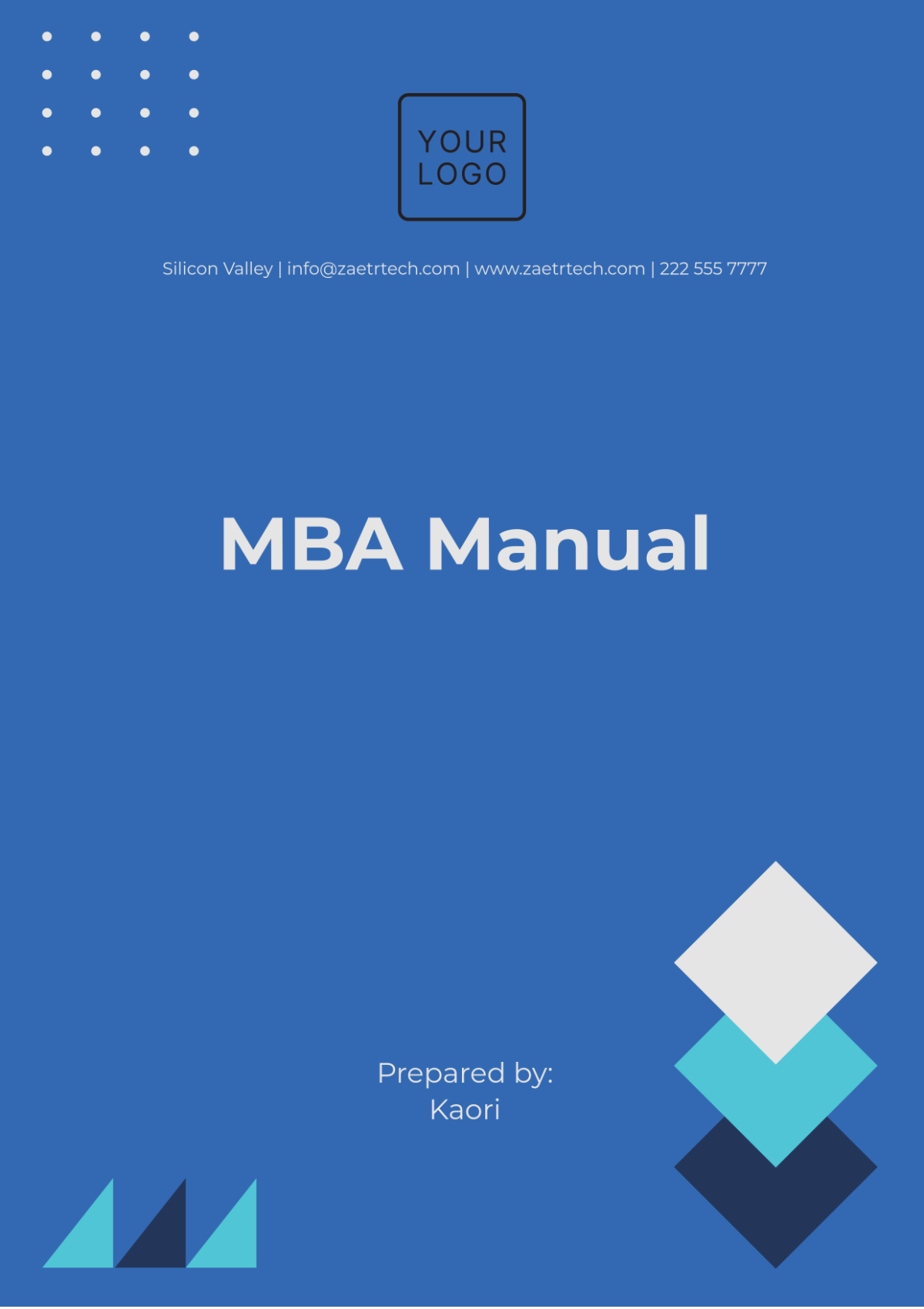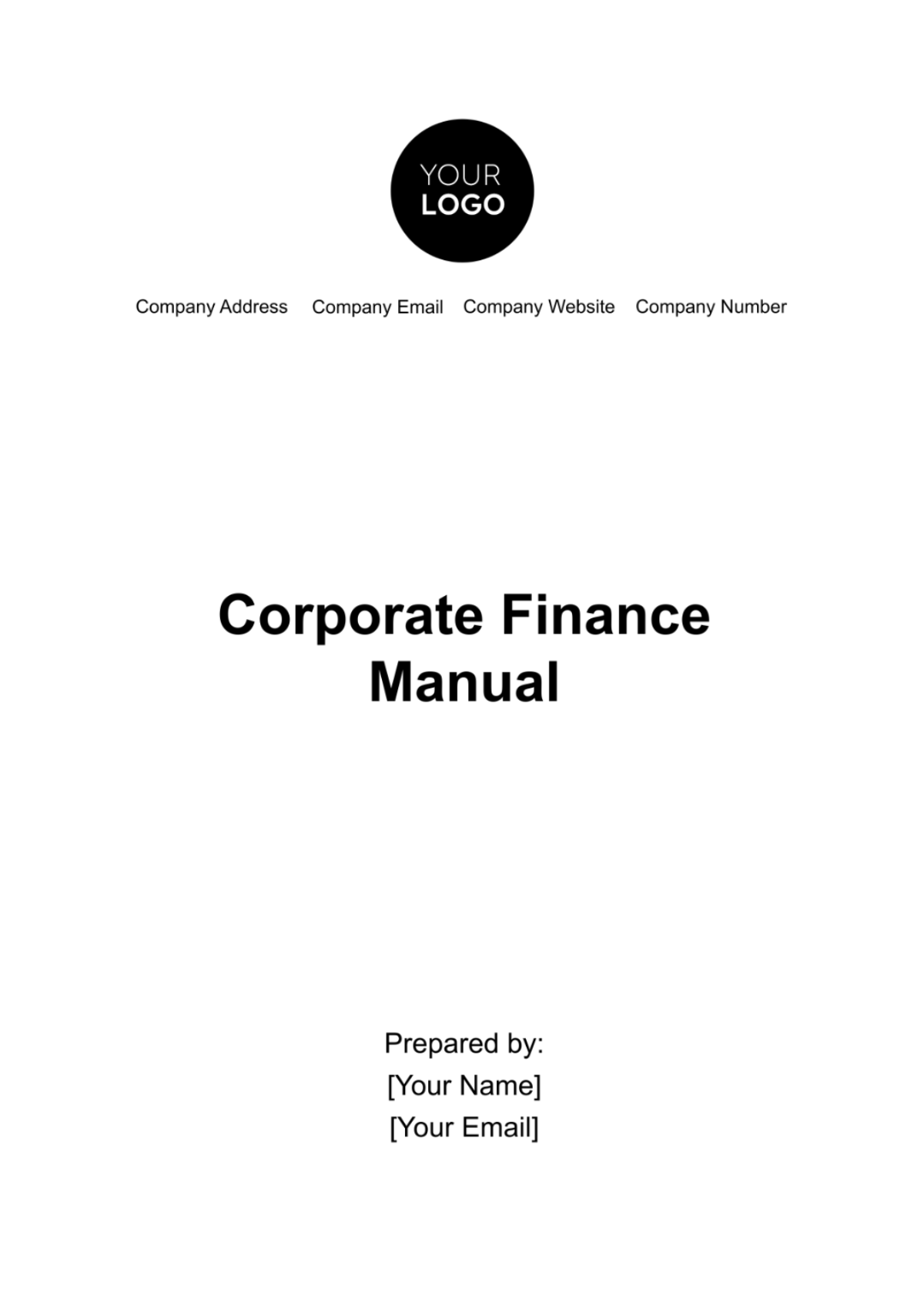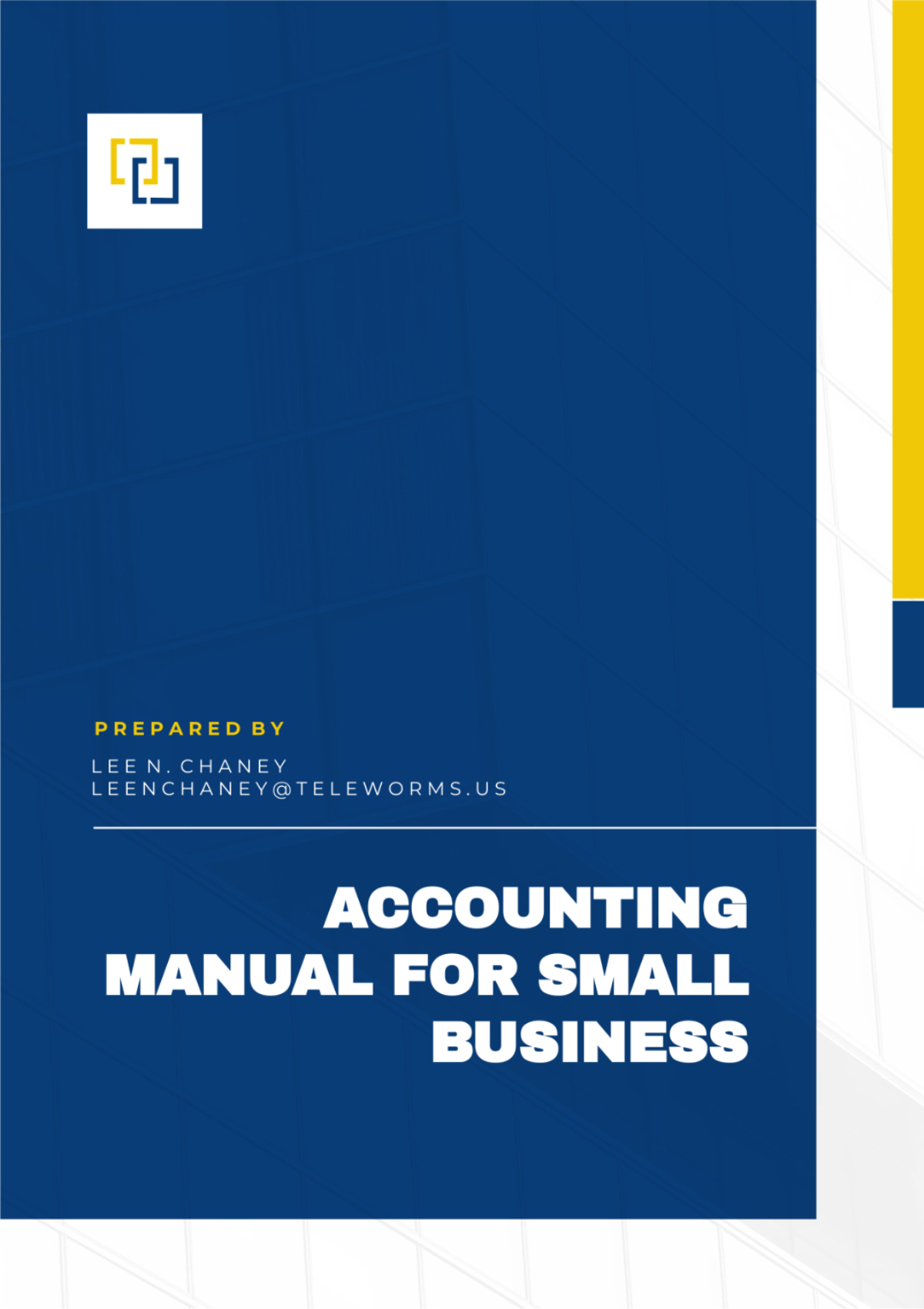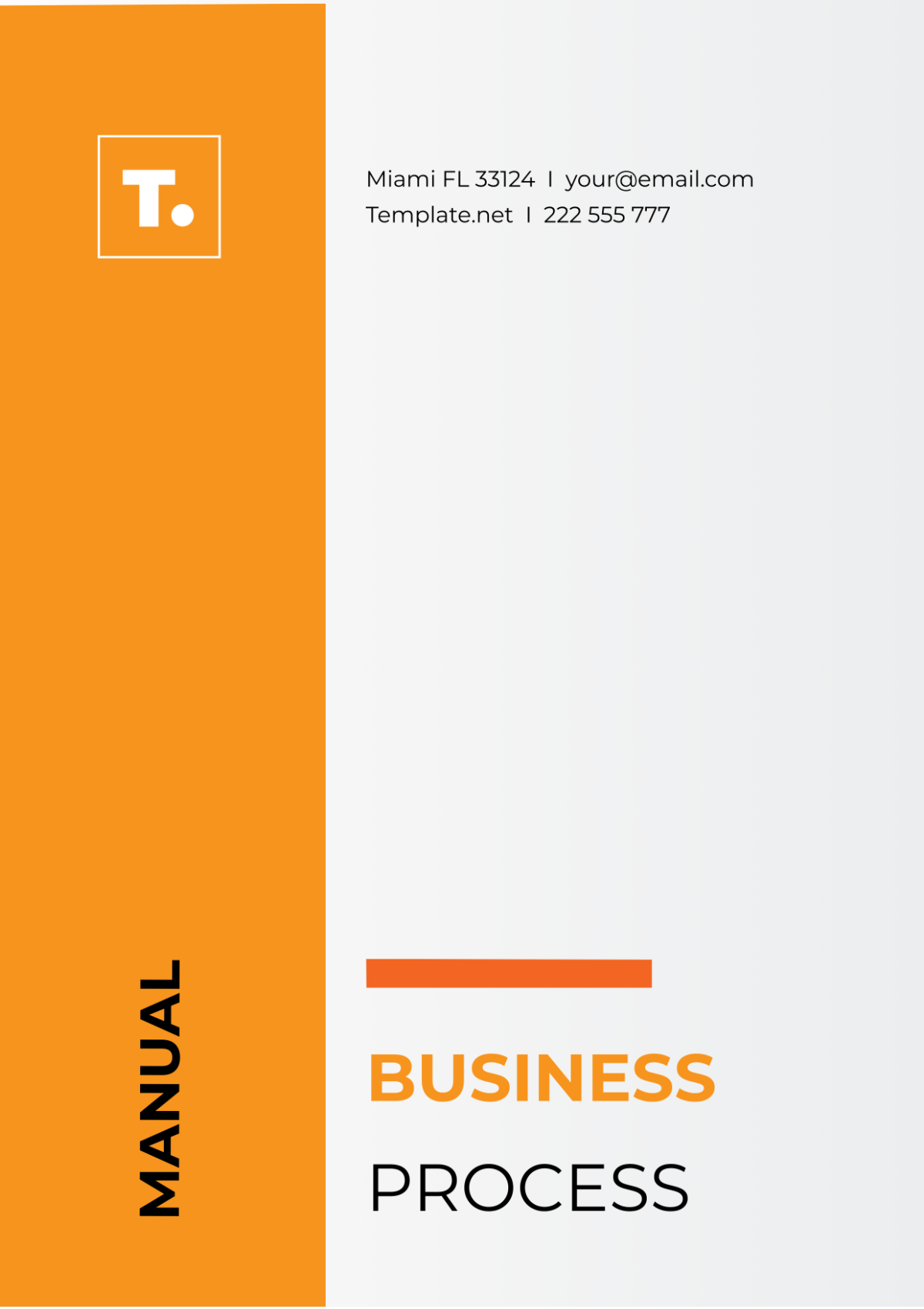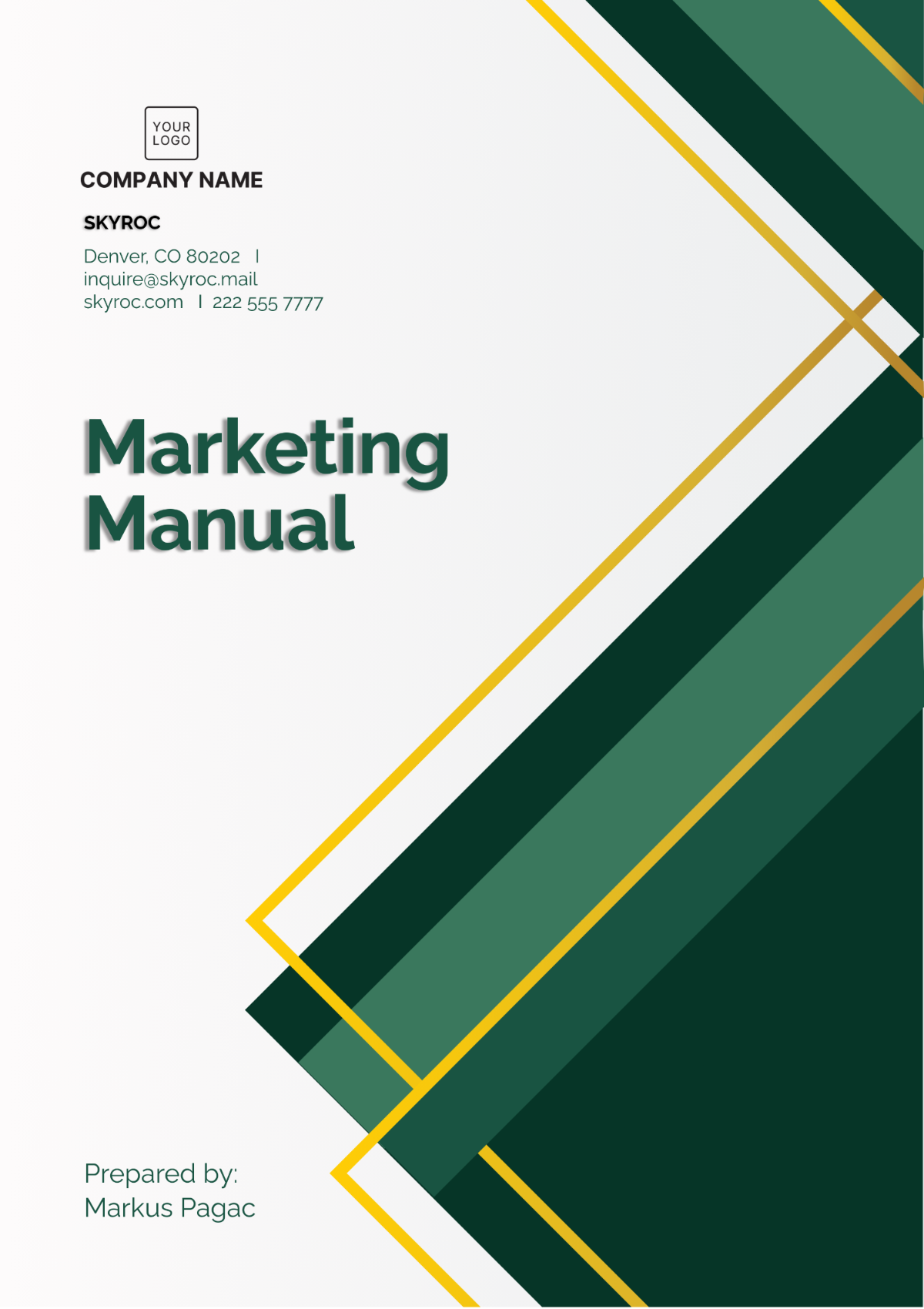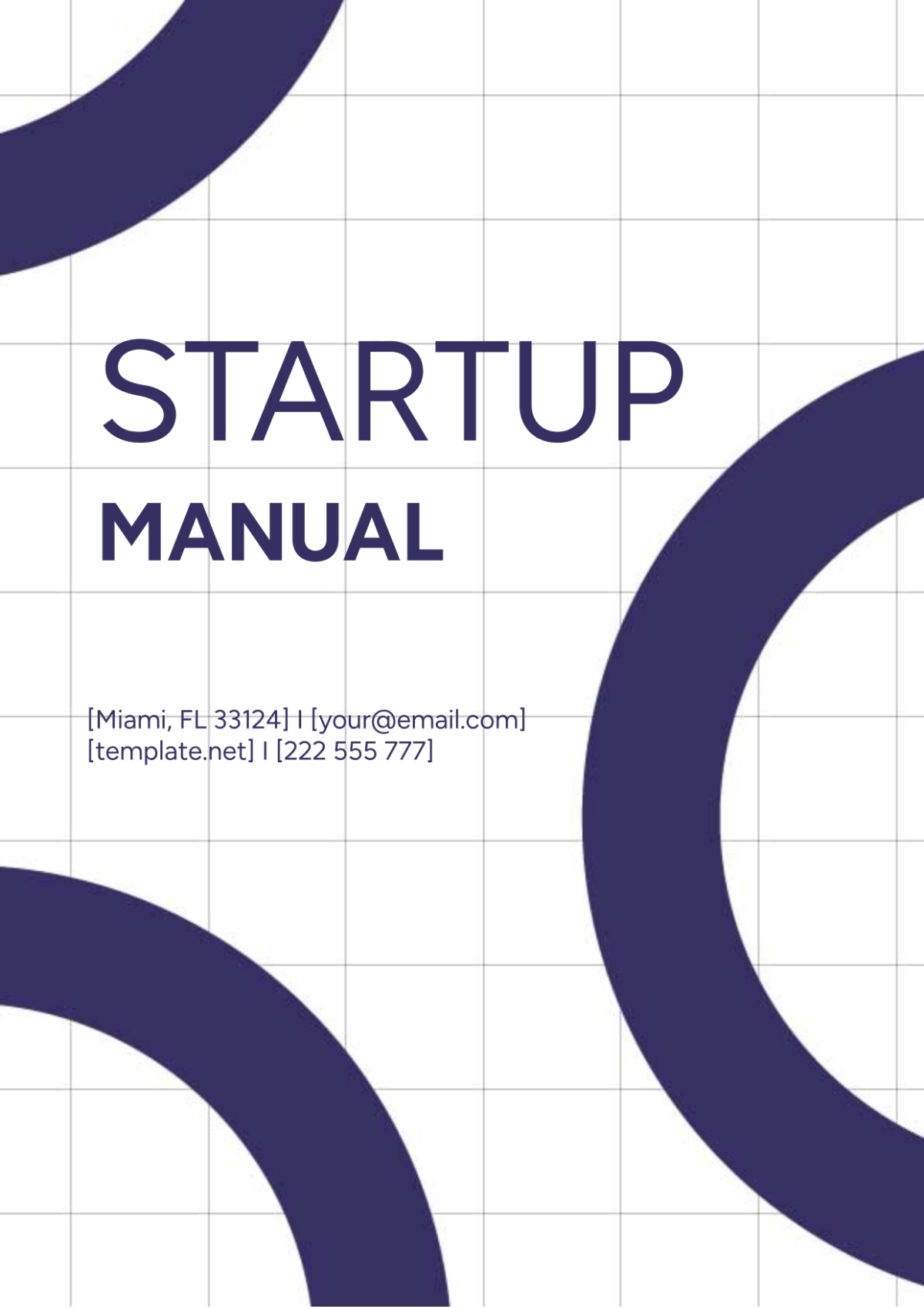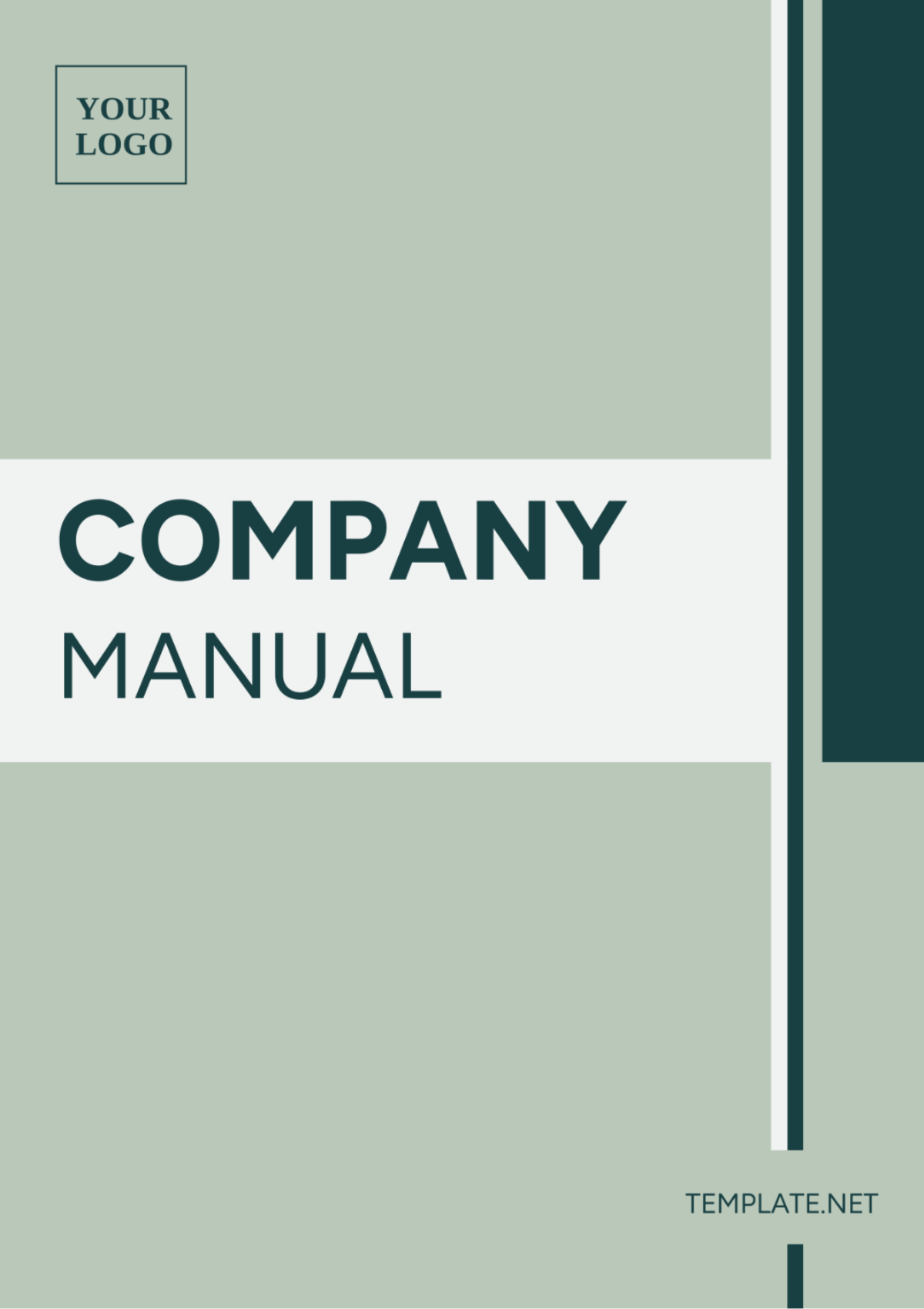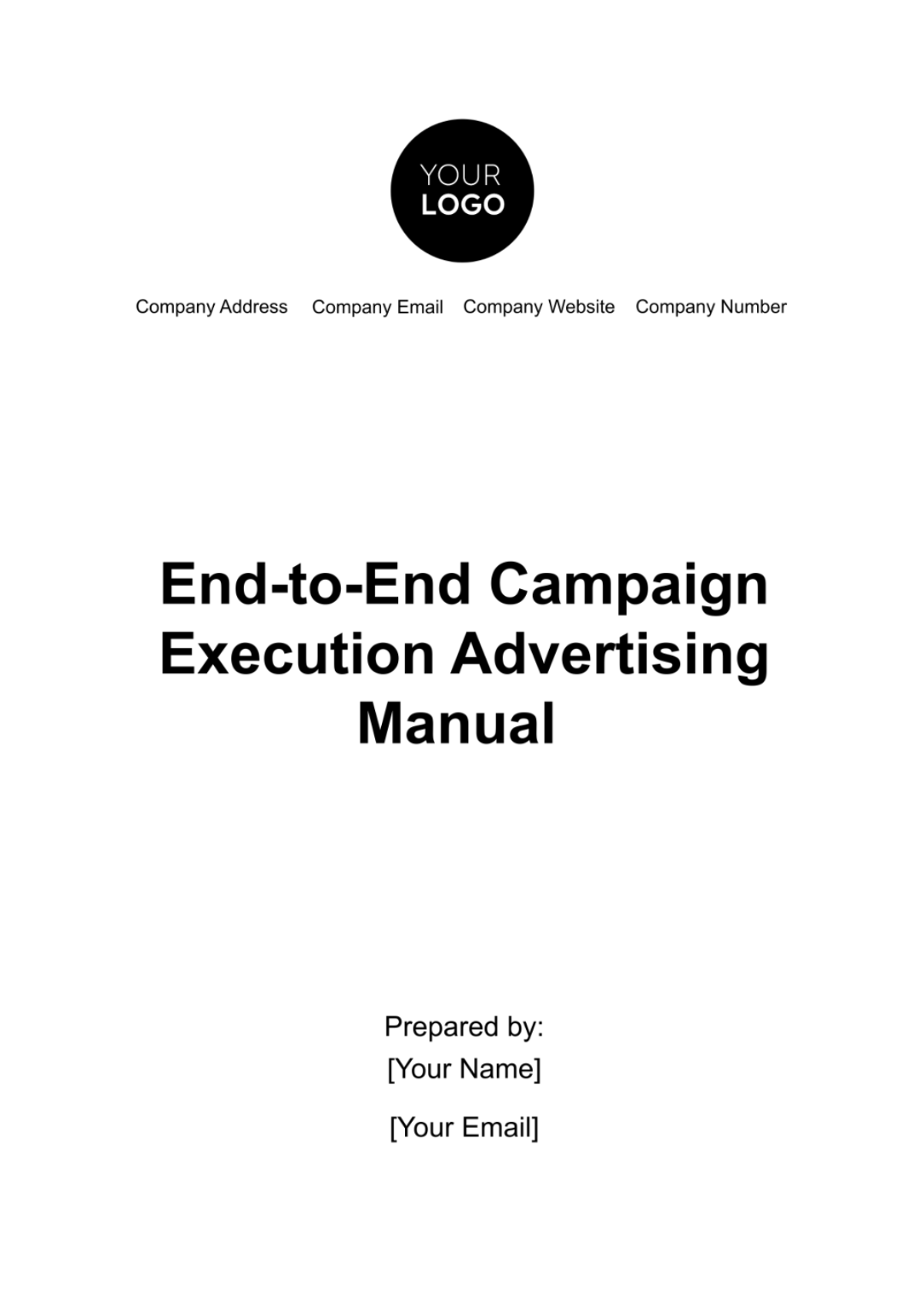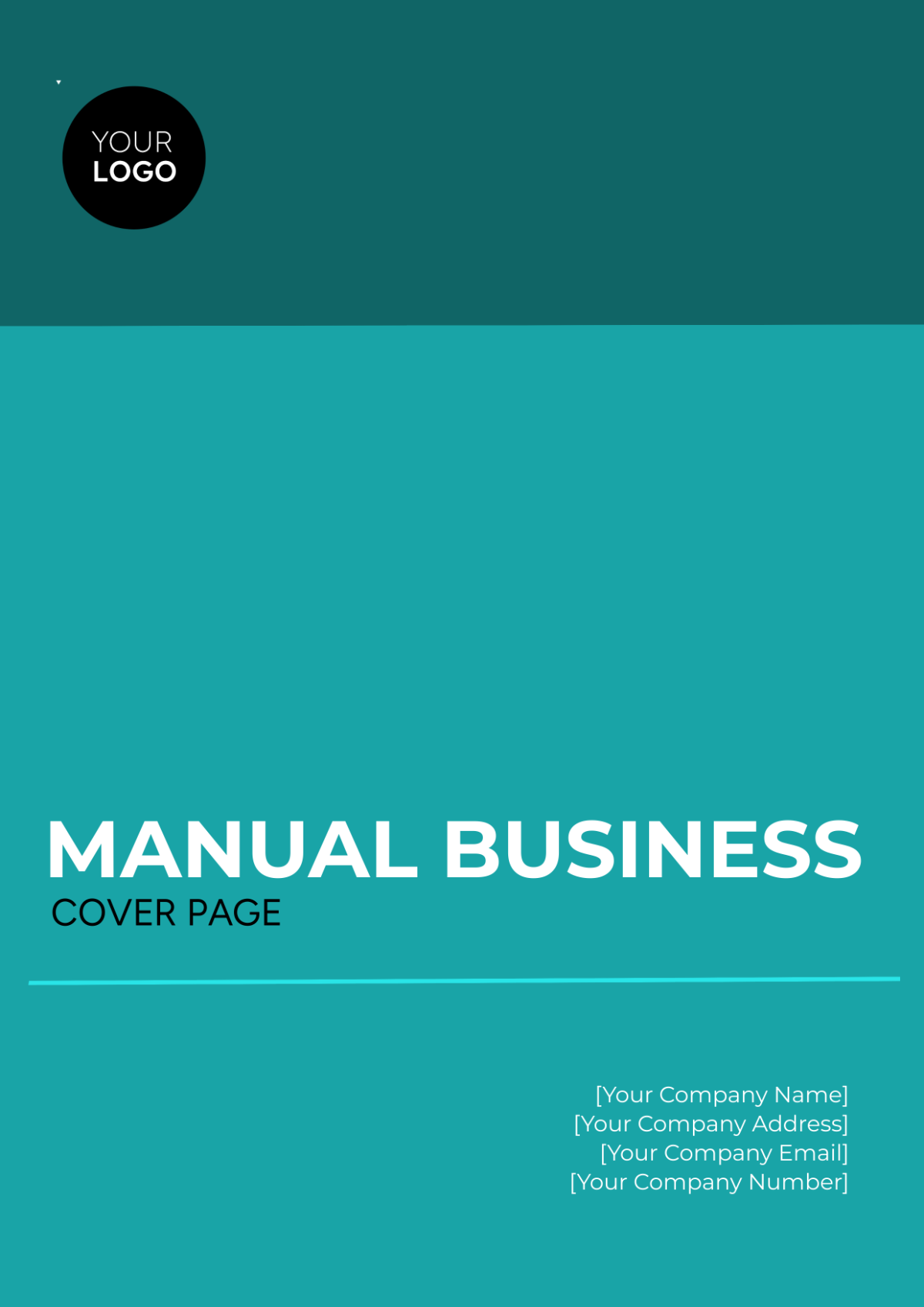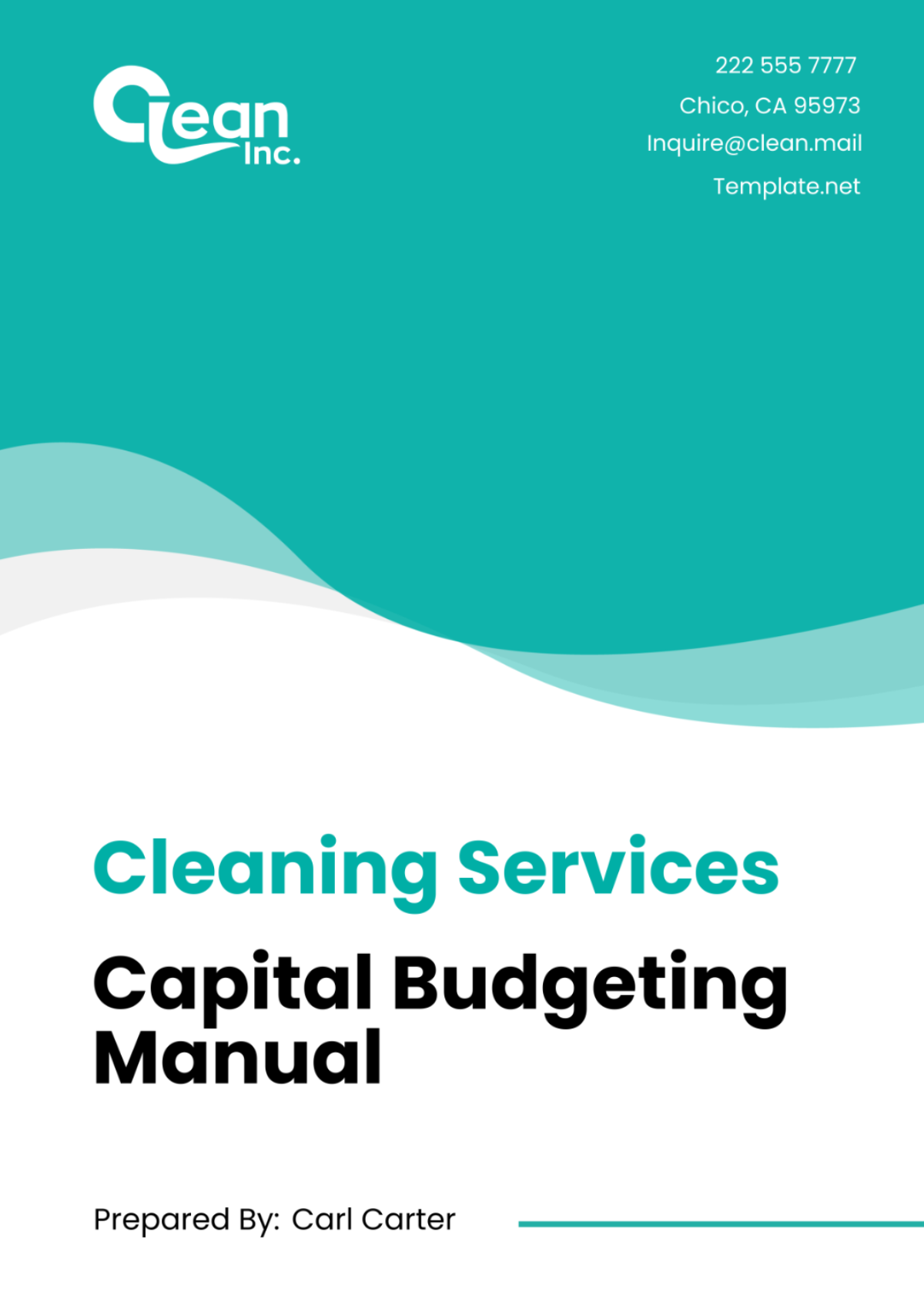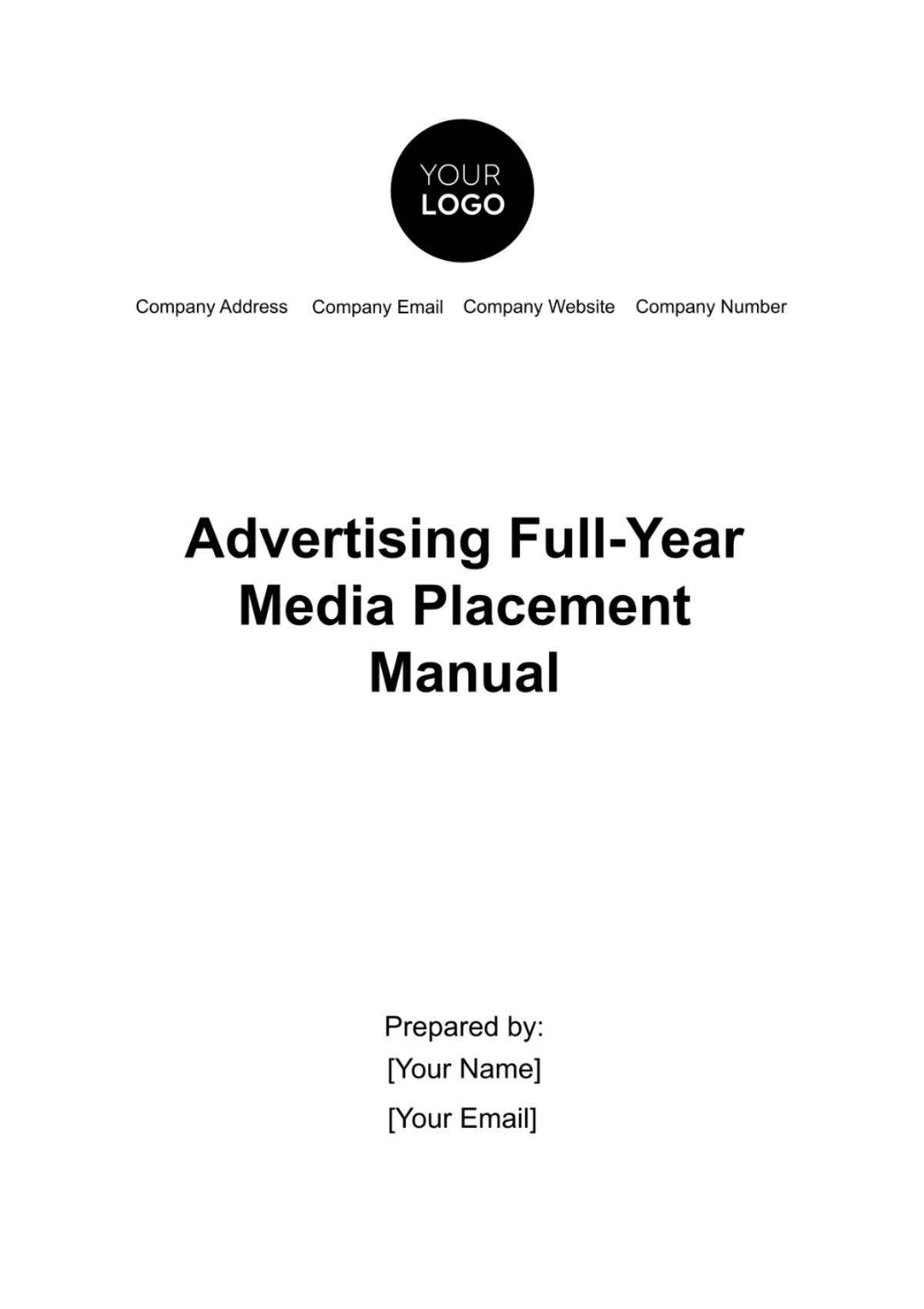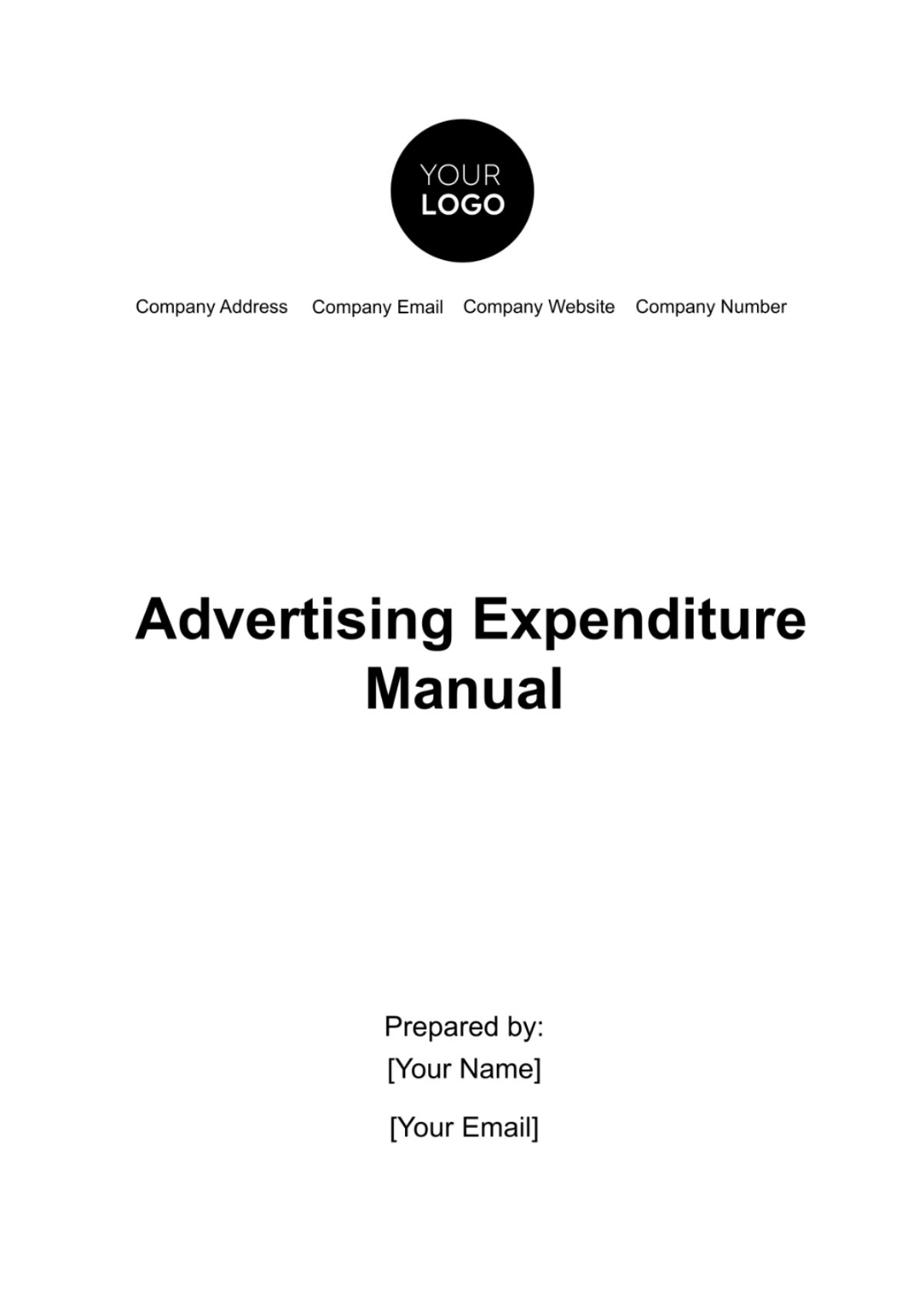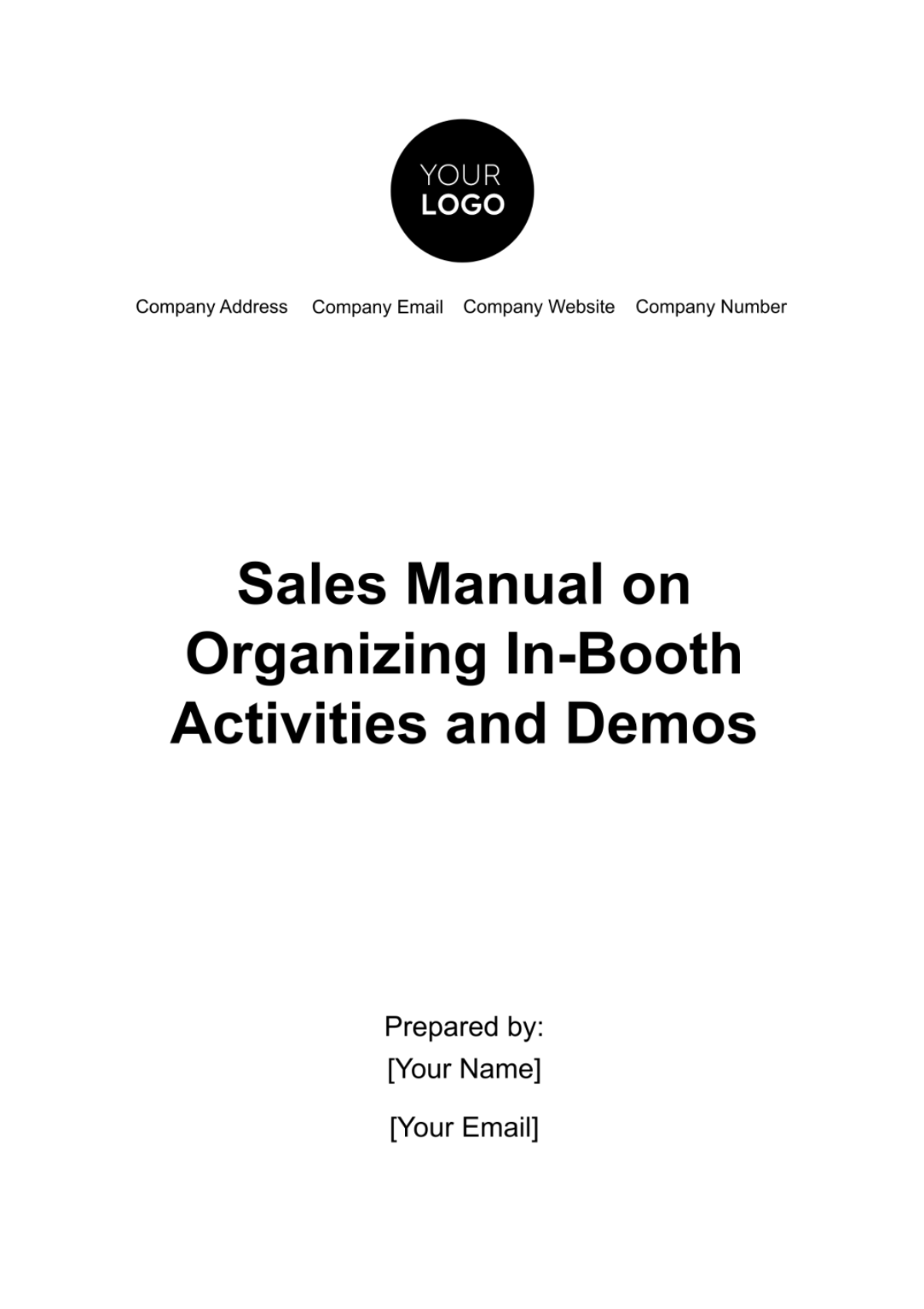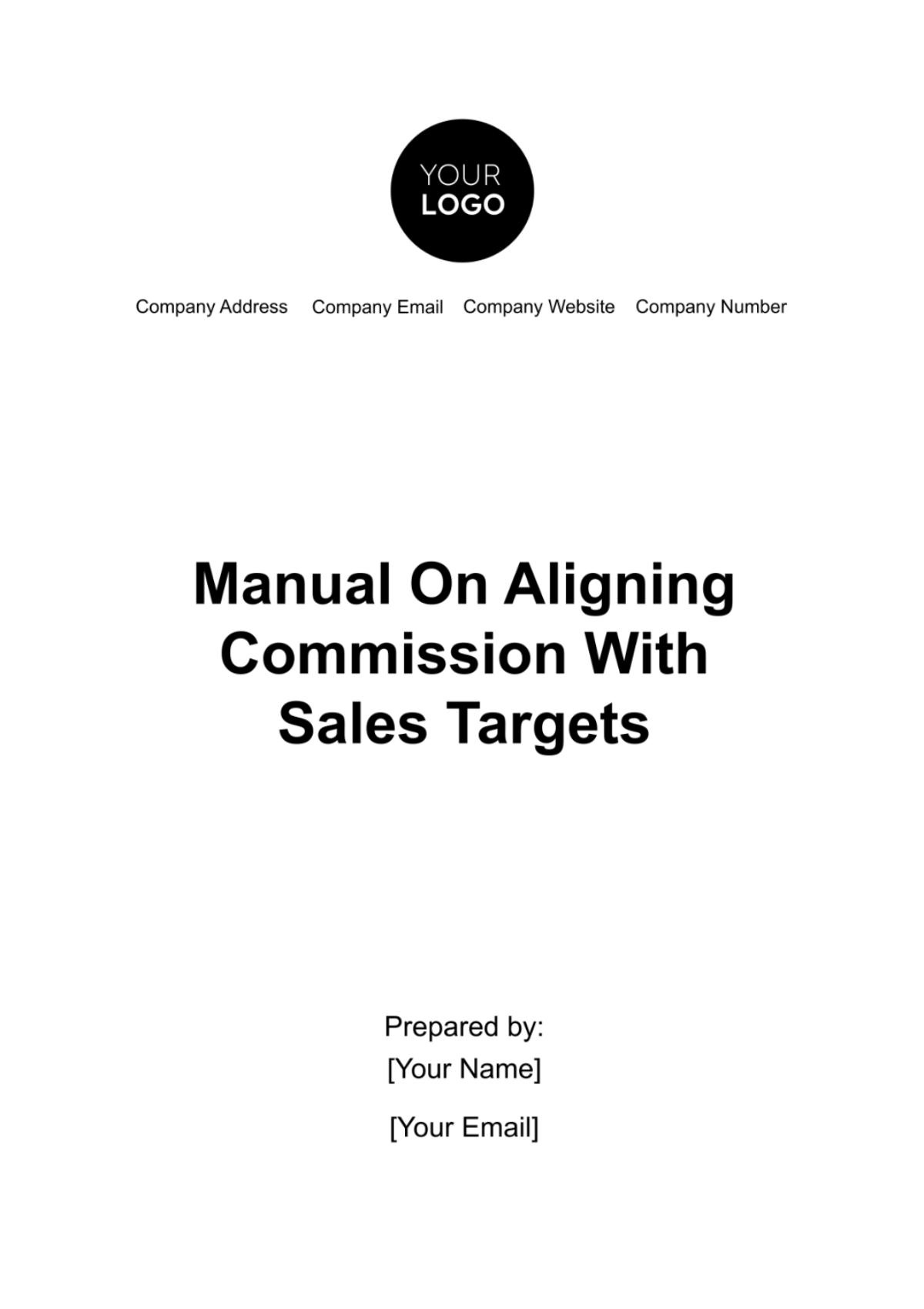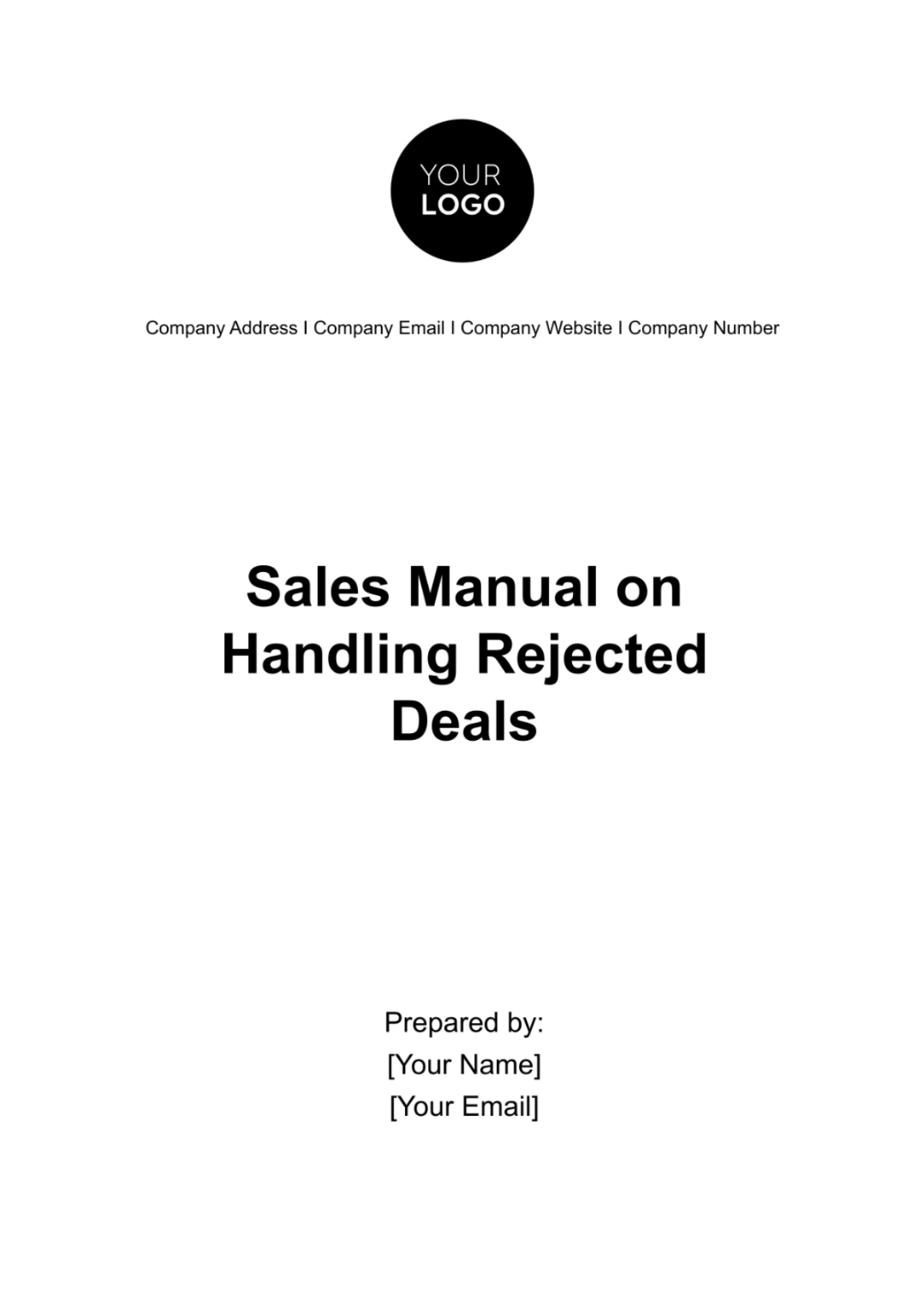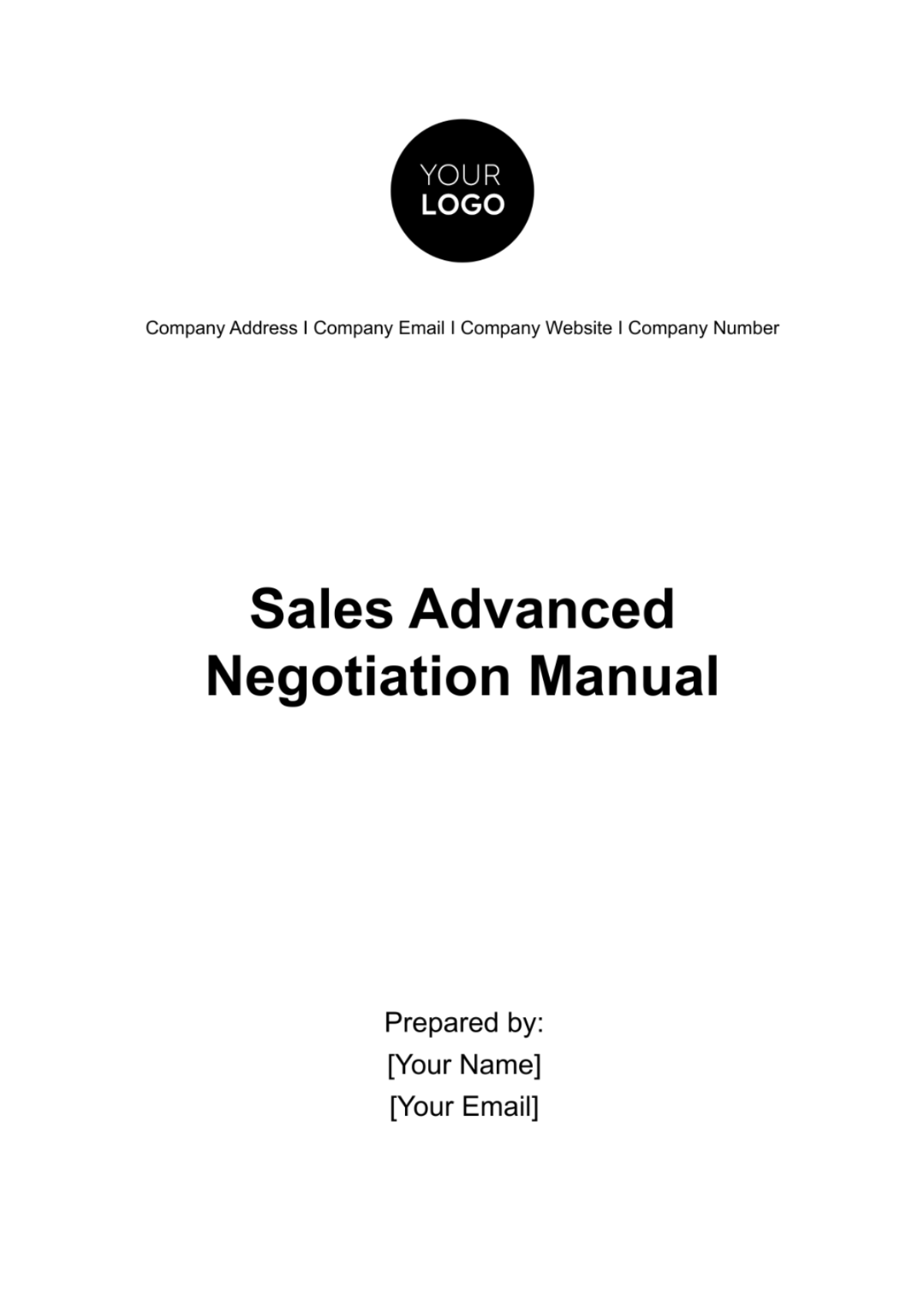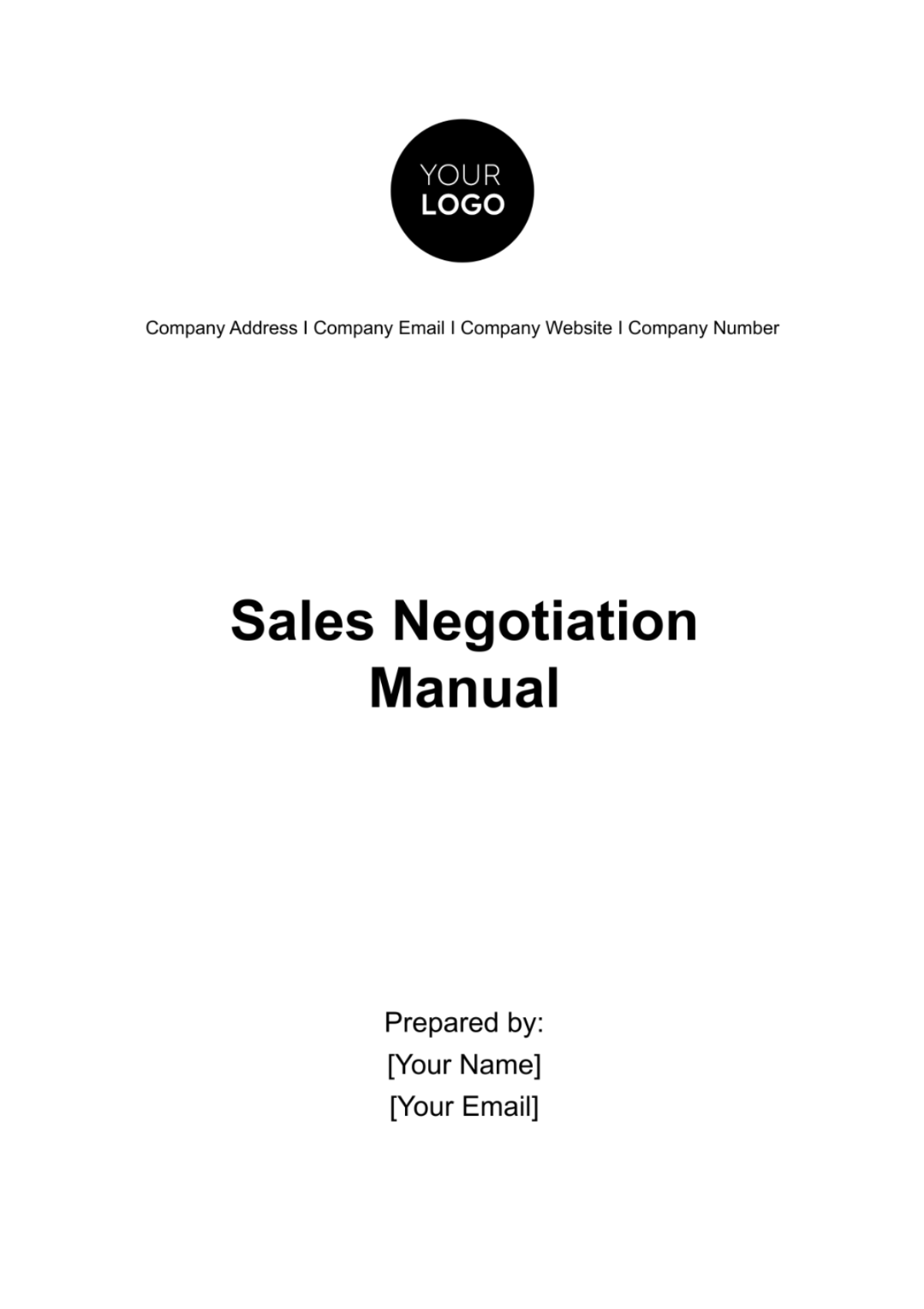Marketing Media Relations Manual
Introduction
A. Purpose of this Manual
The Marketing Media Relations Manual is a comprehensive resource designed to empower [Your Company Name]'s media relations team with the knowledge and tools necessary to effectively engage with the media. This manual outlines strategic approaches, tactical guidelines, and best practices to ensure that [Your Company Name] maintains a positive and impactful presence in the media landscape.
In today's fast-paced digital world, effective media relations are paramount to shaping public perception and influencing stakeholders. This manual equips [Your Company Name] with the strategies and skills needed to navigate this dynamic environment successfully.
B. Target Audience
This manual is primarily intended for [Your Company Name] employees directly involved in media relations, public relations, and marketing activities. It's essential for anyone responsible for liaising with media outlets, drafting press releases, managing social media communications, or measuring the impact of media relations efforts.
C. Key Objectives
The core objectives of this manual are as follows:
Enhance [Your Company Name]'s Reputation: By providing clear guidance on how to effectively communicate with the media, this manual aims to enhance the reputation and image of [Your Company Name] in the eyes of the public and key stakeholders.
Improve Media Coverage and Visibility: Through strategic media outreach and relationship-building, this manual aims to increase the volume and quality of media coverage [Your Company Name] receives.
Ensure Consistency in Media Communication: Consistency is key in media relations. This manual will help all team members understand and adhere to a unified approach in communicating [Your Company Name]'s key messages to the media.
Media Relations Strategy
A. Setting Clear Goals
In order to achieve success in media relations, it's essential to define clear and measurable goals. These goals should be aligned with the broader objectives of [Your Company Name].
Increasing positive media mentions by 20% within the next year.
Positioning [Your Company Name] as a thought leader in the industry by securing feature articles in prominent trade publications.
Improving media relationships by increasing journalist engagement by 30% through outreach efforts.
Setting these goals provides a clear direction for your media relations strategy and allows for effective measurement of success.
B. Identifying Key Media Outlets
To make the most of your media relations efforts, it's crucial to identify and categorize key media outlets. These may include:
Print Media: Newspapers, magazines, trade journals, and newsletters.
Digital Media: Online publications, blogs, and news websites.
Broadcast Media: Television and radio stations.
Social Media Influencers: Influential individuals or groups in your industry who have a significant online following.
C. Developing Key Messages
In media relations, crafting clear and impactful key messages is fundamental to ensure that your organization's core values and messages are effectively communicated to the media and, subsequently, to the public. Key messages serve as the foundation upon which all your media interactions are built.
Key message development involves:
Identifying Core Messages: Determine the key themes, values, and propositions that you want the media and, by extension, your audience, to associate with [Your Company Name].
Message Consistency: Ensure that these core messages are consistent across all media interactions, including press releases, interviews, and social media posts.
Audience-Centric Messaging: Tailor your key messages to resonate with your target audience. Understand their needs, interests, and pain points to create messages that are relevant and engaging.
Message Testing: Before implementing key messages in media interactions, consider testing them internally to gather feedback and refine them for maximum impact.
D. Establishing Media Contacts
Building and maintaining a robust network of media contacts is a cornerstone of successful media relations. These relationships are built on trust, mutual respect, and professionalism. Here's how to effectively establish and nurture media contacts:
Database Creation: Develop a comprehensive database of media contacts that includes journalists, editors, producers, bloggers, and influencers relevant to your industry. Ensure it's regularly updated.
Segmentation: Categorize your media contacts based on their beat, interests, and preferences. This allows for targeted communication.
Personalized Outreach: When reaching out to media contacts, craft personalized pitches and press releases that are tailored to their specific interests and coverage areas.
Relationship Building: Nurture relationships with media contacts by attending industry events, responding promptly to inquiries, and providing them with valuable information and insights.
Ethical Communication: Always adhere to ethical communication practices. Avoid unethical tactics like bribes or misleading information, which can damage your reputation.
Media Outreach
A. Crafting Compelling Press Releases
Press releases are a vital tool in your media relations arsenal. They allow you to communicate important company news, product launches, or industry insights to the media. Crafting compelling press releases involves the following steps:
Headline Impact: Create attention-grabbing headlines that succinctly convey the main news or message of the release.
Clear Structure: Organize the press release with a clear structure, including the headline, subheadline, body, quotes, boilerplate, and contact information.
Newsworthiness: Ensure that the content of your press release is genuinely newsworthy. Journalists are more likely to pick up stories that have a broad appeal and significance.
Quotes from Spokespersons: Include quotes from key company figures or experts to provide credibility and human interest to the story.
B. Building Media Kits
A media kit is a comprehensive package of information about your company, product, or event that makes it easy for journalists to cover your story. Components of a media kit may include:
Company Background: A brief overview of [Your Company Name], its history, mission, and values.
Press Releases: All relevant press releases organized chronologically.
High-Quality Images: High-resolution images, infographics, and multimedia materials that journalists can use in their stories.
Contact Information: Clear and accessible contact details for media inquiries.
Frequently Asked Questions (FAQs): Anticipate questions journalists may have and provide concise, informative answers.
C. Pitching Stories to Journalists
Effective story pitching is an art that involves tailoring your story ideas to specific journalists or media outlets. Consider these tips:
Research Journalists: Understand the interests and coverage areas of the journalists you're pitching to. Personalize your pitches accordingly.
Compelling Story Angle: Highlight the unique and newsworthy aspects of your story. What makes it interesting to their audience?
Clear and Concise: Keep your pitch emails concise, and use a compelling subject line to grab their attention.
Follow Up: Don't be discouraged if you don't receive an immediate response. A polite follow-up can sometimes be the key to getting your story noticed.
D. Hosting Media Events
Media events, such as press conferences, product launches, or webinars, are opportunities to engage with multiple journalists and influencers simultaneously. When hosting such events:
Planning: Plan meticulously, considering logistics, timing, and the comfort of attending media representatives.
Media Invitations: Send personalized invitations to relevant media outlets and contacts. Follow up with reminders.
Engagement: Ensure that your event provides valuable content, whether it's breaking news, exclusive access, or expert insights.
Social Media Integration
A. Leveraging Social Platforms
Social media is a powerful tool for media relations. Platforms like Twitter, LinkedIn, and Facebook offer opportunities to engage directly with journalists and influencers. Key strategies include:
Active Presence: Maintain an active and professional presence on social media platforms to foster relationships and share news.
Monitoring: Keep an eye on industry trends and news through social media monitoring tools and engage with relevant discussions.
Content Sharing: Share your press releases, articles, and multimedia content on social media to reach a broader audience.
B. Managing Social Media Profiles
Managing social media profiles effectively requires consistency and strategy. Consider the following:
Content Calendar: Create a content calendar to ensure a steady stream of relevant content.
Engagement: Respond promptly to comments, messages, and mentions. Engage with followers and show appreciation for positive coverage.
Crisis Preparedness: Have a crisis management plan in place for addressing negative social media situations promptly and professionally.
Analytics: Utilize social media analytics tools to measure the impact of your social media efforts and adjust your strategy accordingly.
Content Creation
A. Writing Engaging Articles
Compelling articles are an effective way to convey your messages to the media. Consider the following guidelines for creating engaging content:
Audience-Centric: Understand your target audience and tailor your articles to address their needs, interests, and pain points.
Clear and Concise: Write in a clear and concise manner. Use simple language and avoid jargon.
Storytelling: Incorporate storytelling elements to make your articles more relatable and memorable.
Citing Sources: When presenting facts or statistics, provide credible sources to back up your claims.
B. Creating Visual Content
Visual content, such as images, infographics, and videos, can enhance your media relations efforts significantly. Here's how to create impactful visuals:
High-Quality Graphics: Ensure that all visuals are of high quality and resolution.
Data Visualization: Use tables and charts to present data in an easily understandable format. Here's an example table for showcasing media coverage metrics:
Media Outlet | Mentions | Reach | Sentiment |
[Company Name] | 12 | 500,000 | Positive |
[Company Name] | 8 | 250,000 | Neutral |
[Company Name] | 15 | 750,000 | Positive |
Video Production: Invest in professional video production for interviews, product demonstrations, or corporate messages.
Infographics: Create infographics to simplify complex information and statistics.
C. Utilizing Infographics
Infographics are powerful tools for condensing information into a visually appealing format. Here's how to effectively utilize infographics:
Design: Pay attention to the design of your infographics, using a clear and intuitive layout.
Data Representation: Use charts, graphs, and icons to represent data and concepts.
Branding: Include your company's branding elements, such as logos and colors, to maintain consistency.
Distribution: Share infographics on your website, social media, and include them in media kits.
D. Video Production
Videos are a dynamic medium for storytelling and conveying information. When producing videos for media relations:
Professional Quality: Ensure high production values, including clear audio, crisp visuals, and professional editing.
Scripting: Write a compelling script that conveys your key messages effectively.
Distribution: Share videos on your website, YouTube, and social media channels. Embed them in press releases.
Building Relationships with Journalists
A. Effective Communication
Effective communication is the foundation of building strong relationships with journalists. Consider the following communication strategies:
Timely Responses: Respond promptly to media inquiries, whether through email, phone calls, or social media messages.
Transparency: Be transparent and honest in your interactions with journalists. Avoid exaggerations or misleading information.
Media Training: Consider offering media training to your company spokespersons to ensure they communicate effectively during interviews.
B. Providing Value to Journalists
Journalists are more likely to engage with your company if you provide value to them. Here are some ways to do so:
Exclusive Content: Offer exclusive interviews, access to company experts, or advanced information on upcoming events.
Data and Insights: Provide journalists with valuable industry data, trends, and insights that can enhance their stories.
Story Ideas: Pitch unique and compelling story ideas that align with journalists' interests and their publication's audience.
Respect Deadlines: Understand and respect journalists' deadlines, and be flexible in accommodating their schedules.
C. Maintaining Long-Term Partnerships
Building lasting relationships with journalists can yield long-term benefits. Here's how to maintain these partnerships:
Regular Follow-Up: Keep in touch with journalists, even when you don't have an immediate story to pitch.
Acknowledgment: Acknowledge journalists' work when they cover your company positively. A simple thank-you note can go a long way.
Networking: Attend industry events, conferences, and media gatherings to meet journalists in person.
Feedback Loop: Seek feedback from journalists on your media relations efforts. Ask how you can better serve their needs.
Conclusion
In the dynamic landscape of media relations, effective strategies, clear communication, and adaptability are paramount. This Marketing Media Relations Manual, tailored for [Your Company Name], has provided a comprehensive roadmap for navigating the complexities of media interactions and public relations.
Through the pages of this manual, we've explored the essential elements of a successful media relations strategy, from setting clear objectives to building long-term relationships with journalists. We've delved into the nuances of crafting compelling press releases, utilizing social media to your advantage, creating engaging content, and measuring your success with precision.
[Your Name]
[Your Company Name]
[Your Company Email]
[Your Company Address]
[Your Company Number]
[Your Company Website]
[Your Company Social Media]

